Black-on-cedar facades look sleek because the neutral absorbs visual noise while letting the timber glow; still, the look jumps from good to unforgettable when you pick trim, front-door, and accent paint colors that echo nature or add a shock of contrast. Recent exterior palettes lean dark, earthy, and saturated, with moody charcoals, warm neutrals, and botanical greens topping the 2025 trend lists. Below are 25 hand-picked paint colors — each one tested by architects or singled out by national paint brands — that consistently flatters a modern black house trimmed in cedar, whether you’re refreshing fascia or making a bold statement on the entry door.
1. Iron Ore SW 7069: Deep Charcoal Paint Color for Drama
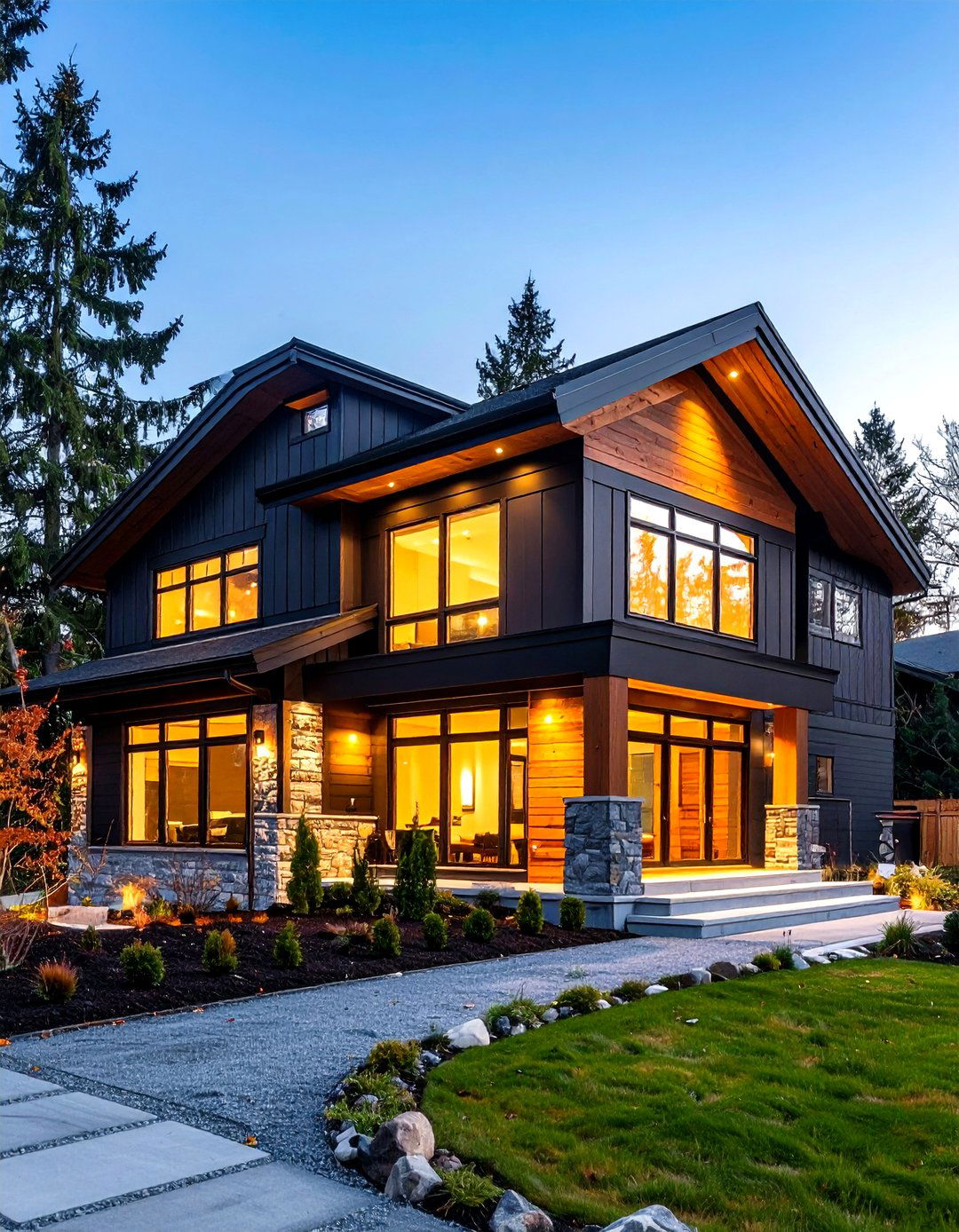
Unlike a harsh jet black, Sherwin-Williams’ Iron Ore SW 7069 paint color wraps the main body in a velvety charcoal that feels modern yet earthy. With cedar’s orange undertone, Iron Ore’s cool neutrality creates crisp separation so the wood reads richer. The low Light Reflectance Value (LRV 6) hides dust and gutter shadows, making upkeep easier for high-contrast façades. Add a satin sheen on metal panels to bounce just enough light, or keep it matte on fiber-cement siding for a stealthy, cabin-in-the-woods vibe. Either way, this is the shade designers reach for when they want the cedar to look like it’s glowing from within.
2. Tricorn Black SW 6258: True Black Paint Color with Edge
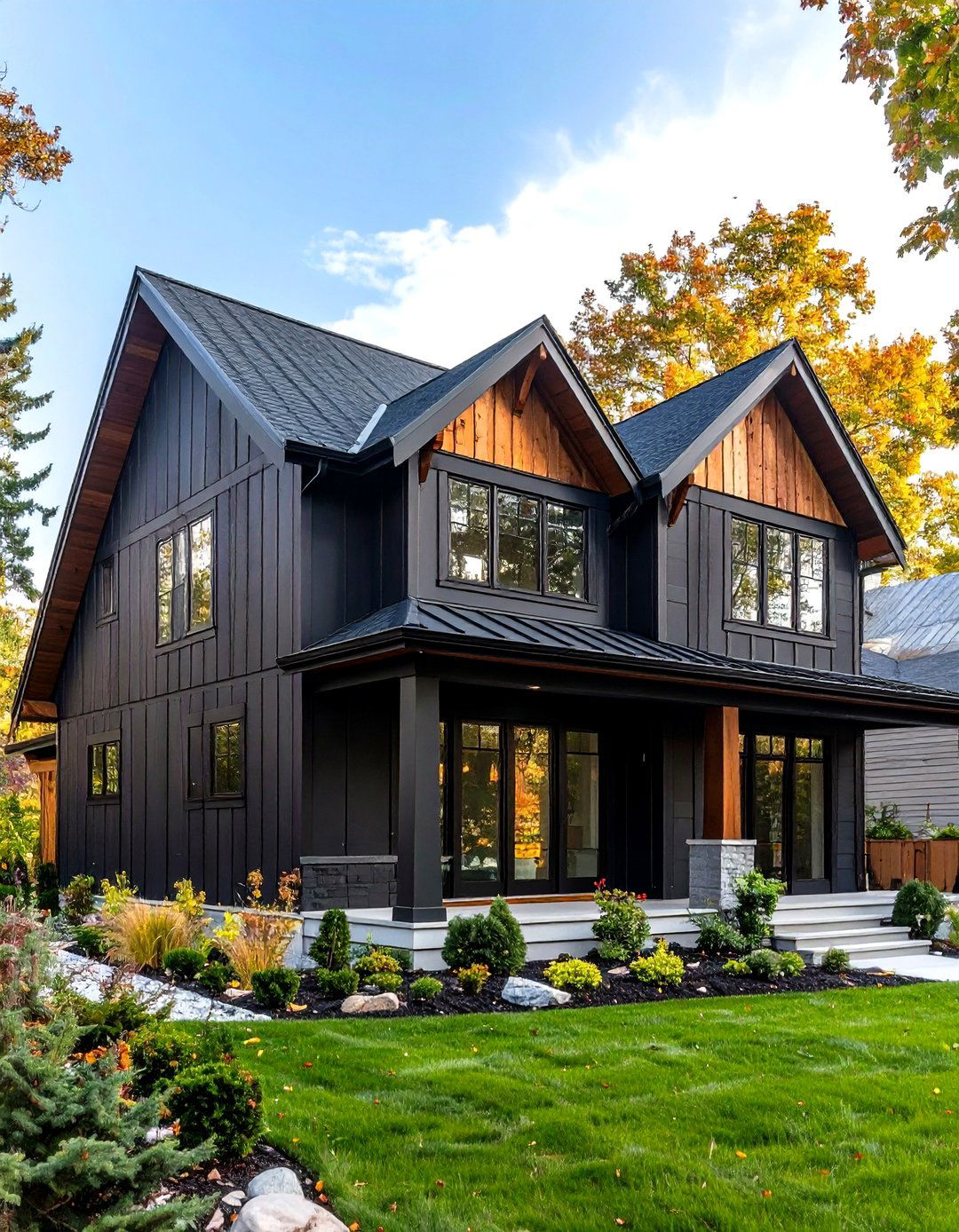
The “little black dress” of exterior paint colors, Tricorn Black SW 6258 is a neutral-undertone true black that pairs effortlessly with every wood stain from honey to espresso. Because it sits dead-center on the temperature scale, it won’t throw unwanted blue or brown casts onto cedar soffits. Use it on steel garage doors or slim window frames to create a subtle shadow line that accentuates modern architecture. Home inspectors love that it masks minor flashing lines; homeowners love that its colorfast formula reduces repaint cycles. It’s the perfect anchor when you want cedar accents to feel artisanal, not rustic.
3. Cracked Pepper PPU18-01: Soft-Black Paint Color with 2024 Cred
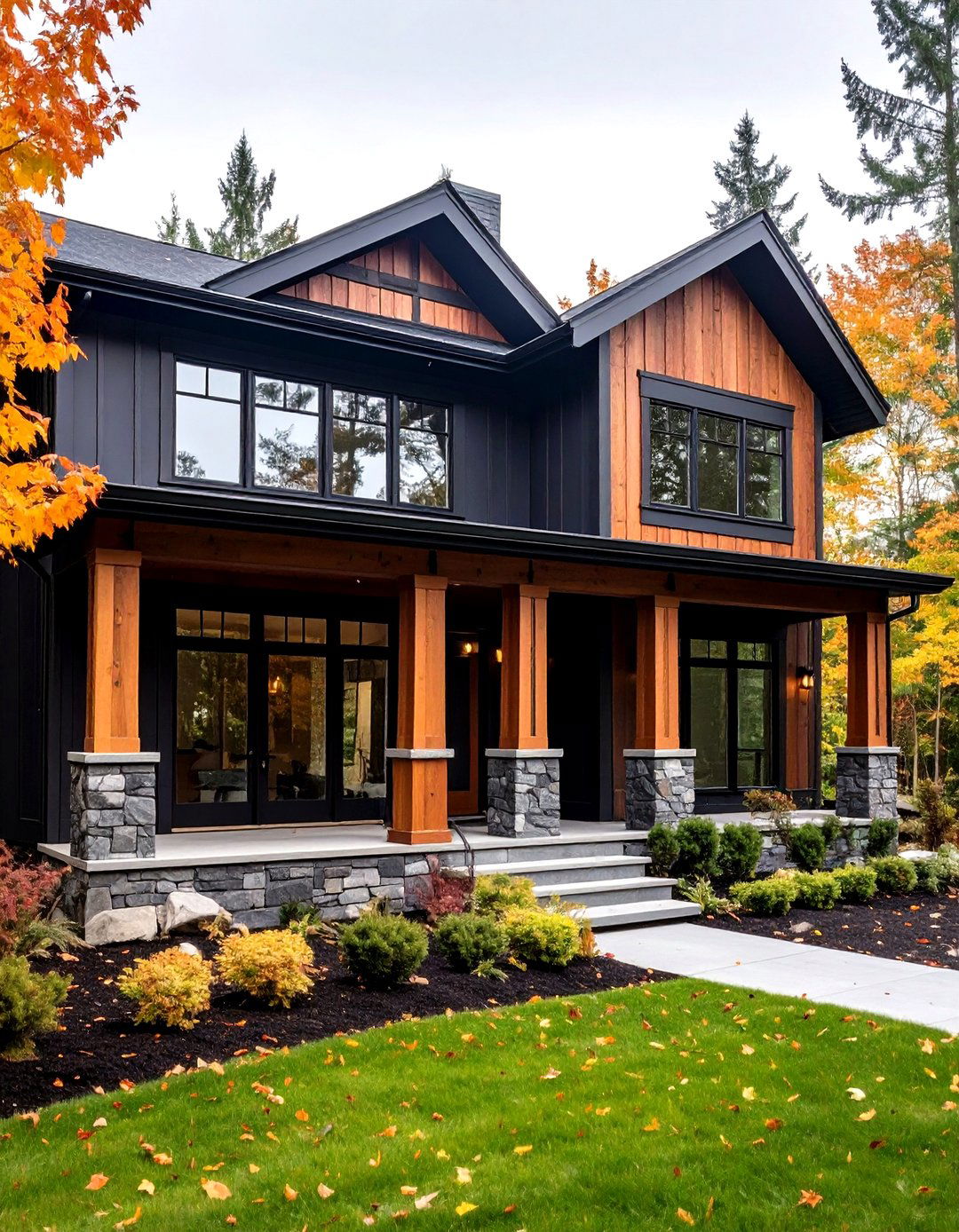
Behr crowned Cracked Pepper its 2024 Color of the Year, calling the soft-black paint color a “timeless elegance with modern appeal. ” Slightly lighter than Tricorn, it reads graphite under bright sunlight, giving depth without overwhelming narrow lots. On cedar-lined porches, Cracked Pepper’s gray base soaks up red undertones so the boards photograph warmer — great for those Instagram progress shots. Try brushing it on accent shutters or a pivot-style front door, then repeat the hue on steel planters to pull the eye upward. Designers swear a semigloss topcoat here looks like factory-baked metal.
4. Black Satin 2131-10: Luxe Black Paint Color that Hides Dust
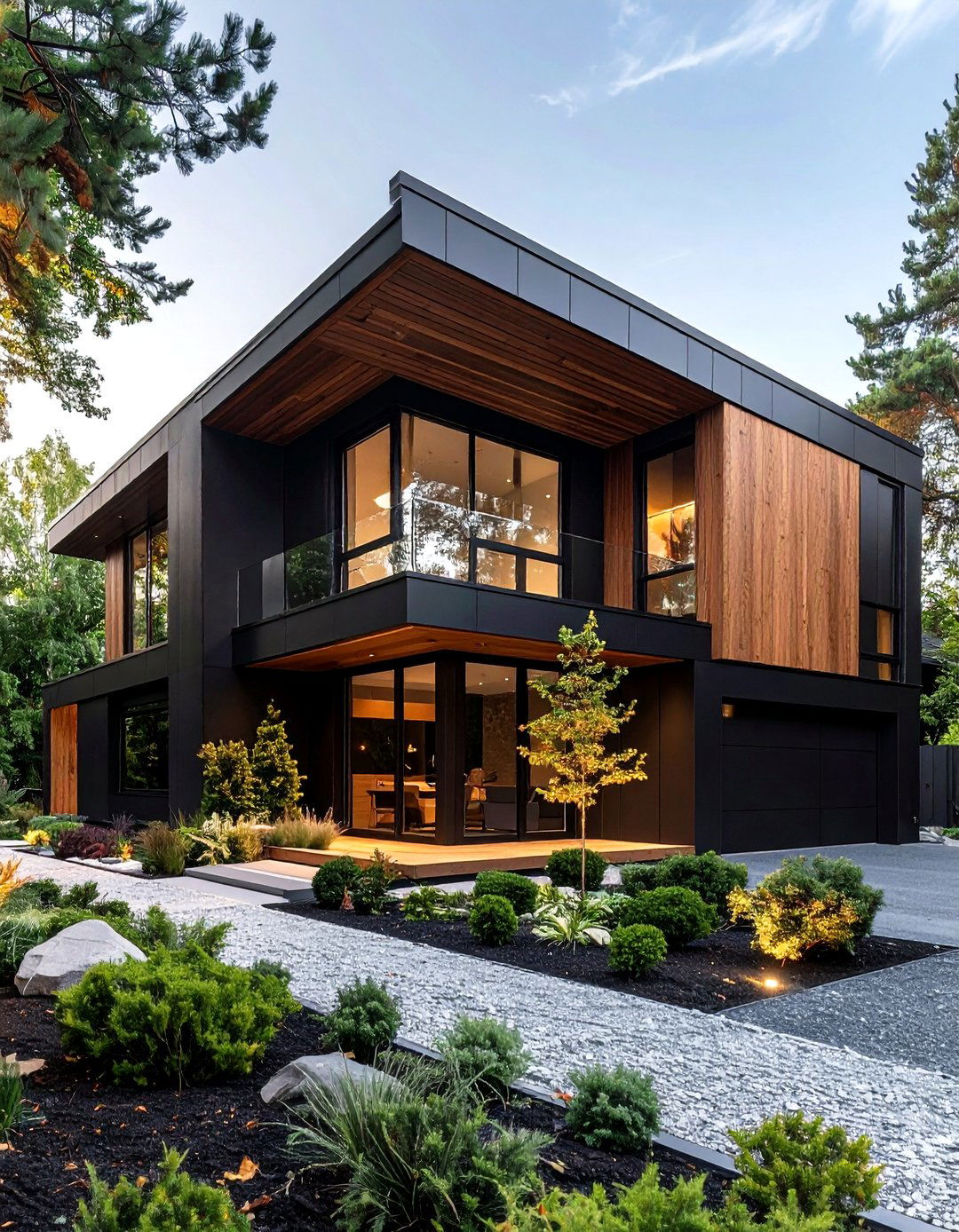
Benjamin Moore’s Black Satin 2131-10 paint color balances jet-black richness with a whisper of green that keeps it from feeling flat outdoors. The hint of color camouflages airborne grime — a lifesaver on windy infill sites. Pair it with brushed-nickel hardware and leave cedar cladding unfinished for an elevated Nordic mood. The shade’s low VOC formula performs equally well on primed cedar trim, letting you carry the body color onto screens or shadow-box fences for continuity. Because Black Satin absorbs UV evenly, it helps prevent the cedar from looking washed-out beside it over time.
5. Urbane Bronze SW 7048: Warm Bronze Paint Color for Earthy Balance
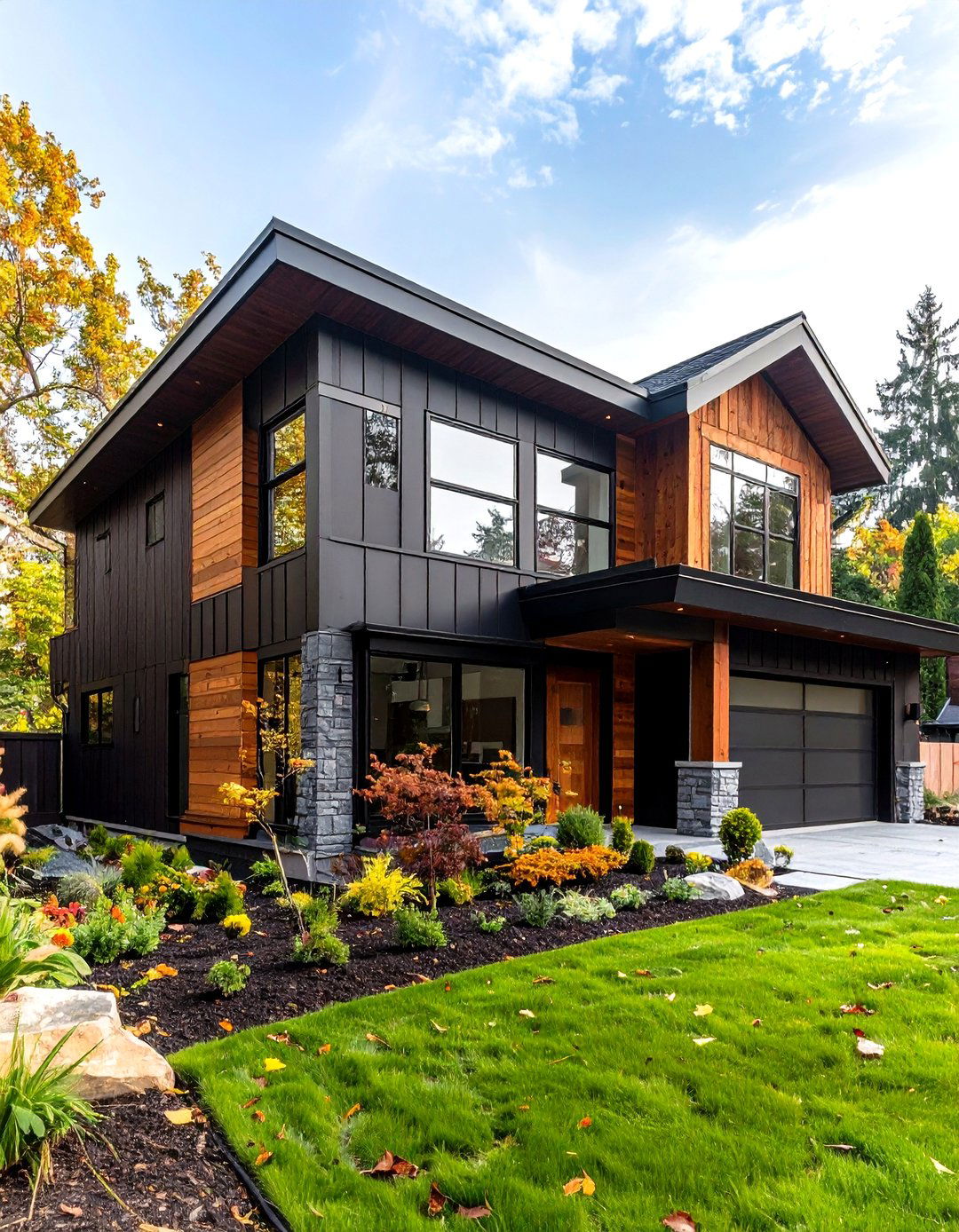
Named Sherwin-Williams’ 2021 Color of the Year, Urbane Bronze SW 7048 paint color weaves brown and gray to echo weathered cedar. On a black house, use it for bump-outs or fiber-cement panels to create a tonal shift that feels like shadow, not contrast. Its 8 LRV means it still registers dark, but the bronze warmth keeps façades from feeling austere. Architects often specify it on aluminum window trim so the frame melts into the cladding while cedar accents pop. Bonus: its nature-rooted vibe satisfies HOA guidelines that discourage “pure black” exteriors.
6. Kendall Charcoal HC-166: Versatile Charcoal Paint Color
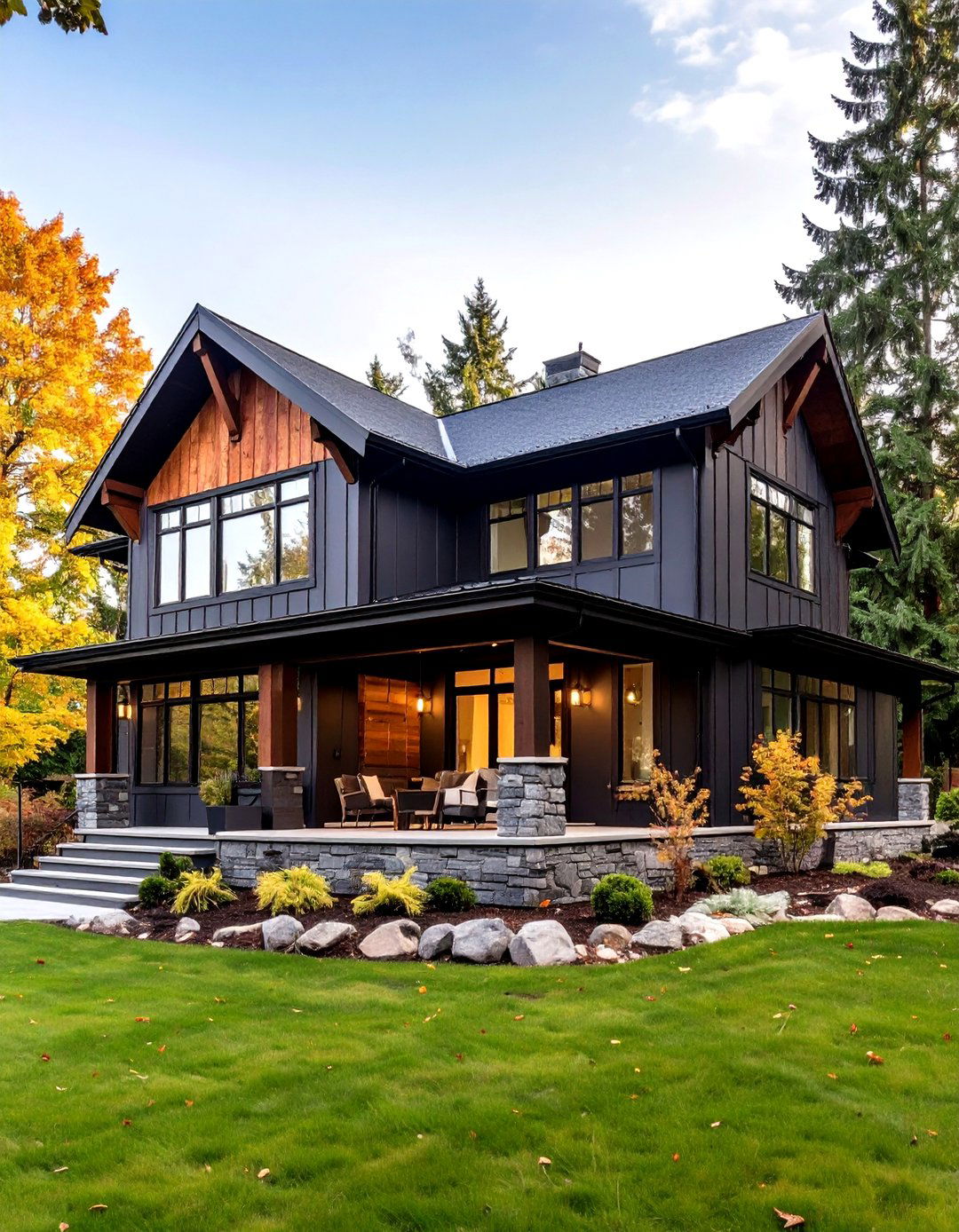
With subtle brown undertones, Benjamin Moore’s Kendall Charcoal HC-166 paint color bridges the gap between black siding and cedar gables. The hue’s medium-dark depth (LRV 14) gives just enough relief when you want a two-tone scheme without losing the dramatic silhouette. Because it partners well with both cool metals and warm wood, it’s a favorite for mixed-material façades — think black stucco, cedar slats, and standing-seam roofs. Field pros note its excellent hide, meaning fewer topcoats on primed Hardie board. Try it on garage doors to downplay their size while still complementing the cedar header.
7. Peppercorn SW 7674: Neutral Gray Paint Color for Subtle Contrast
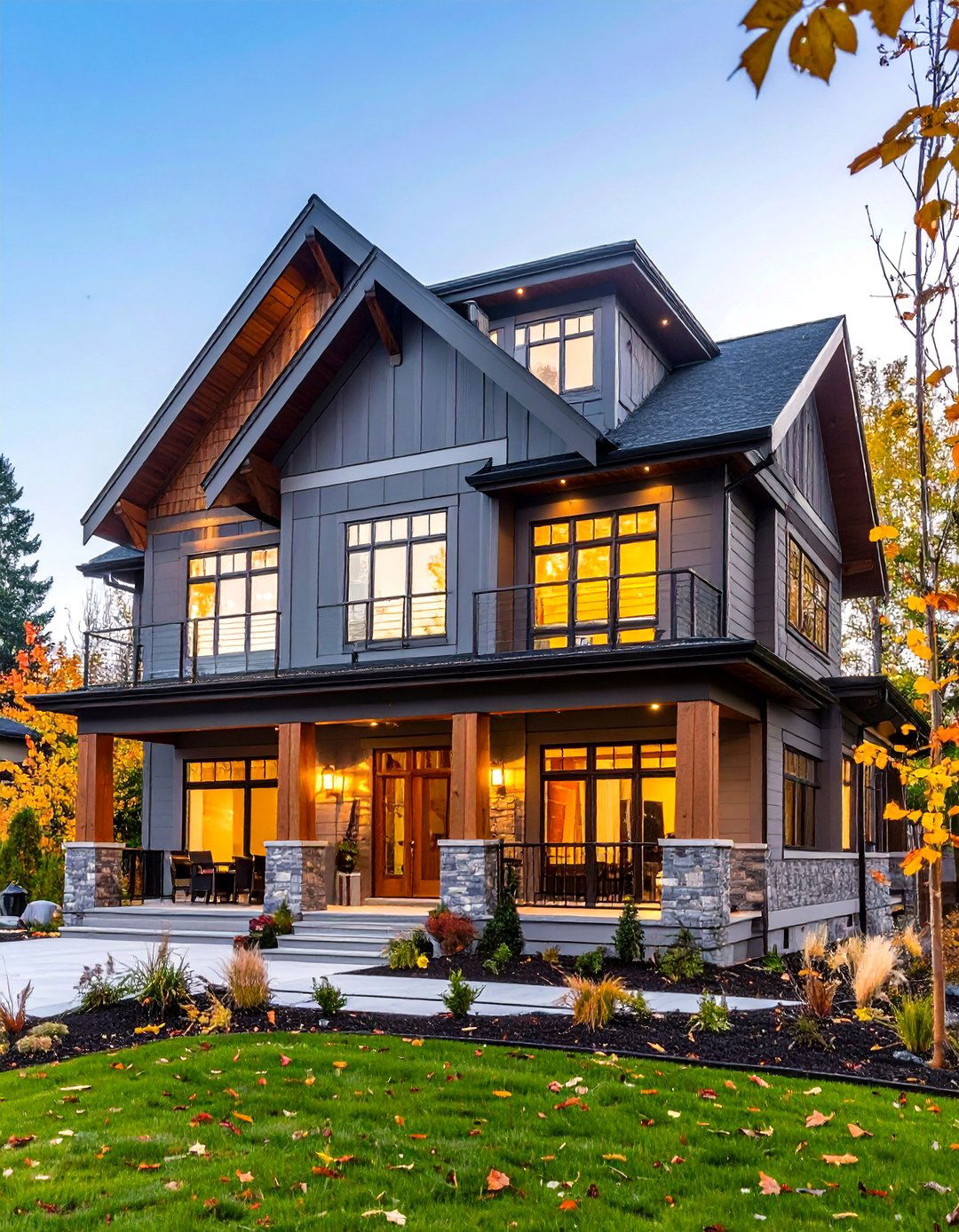
Peppercorn SW 7674 paint color is evenly balanced between warm and cool, making it a savvy pick for fascia, downspouts, or balcony railings that flank cedar tongue-and-groove ceilings. Its graceful neutrality prevents the “black hole” effect some deep hues create under wide eaves. Because the shade hovers around LRV 10, it grabs just a hint of sunlight, ensuring architectural reveals read clearly in photographs. Builders appreciate that it touches up well — ideal when trades ding the surface during installation. Layer Peppercorn with matte black light fixtures and the cedar’s natural resin pattern will sing.
8. Dragon’s Breath 1547: Moody Brown-Black Paint Color
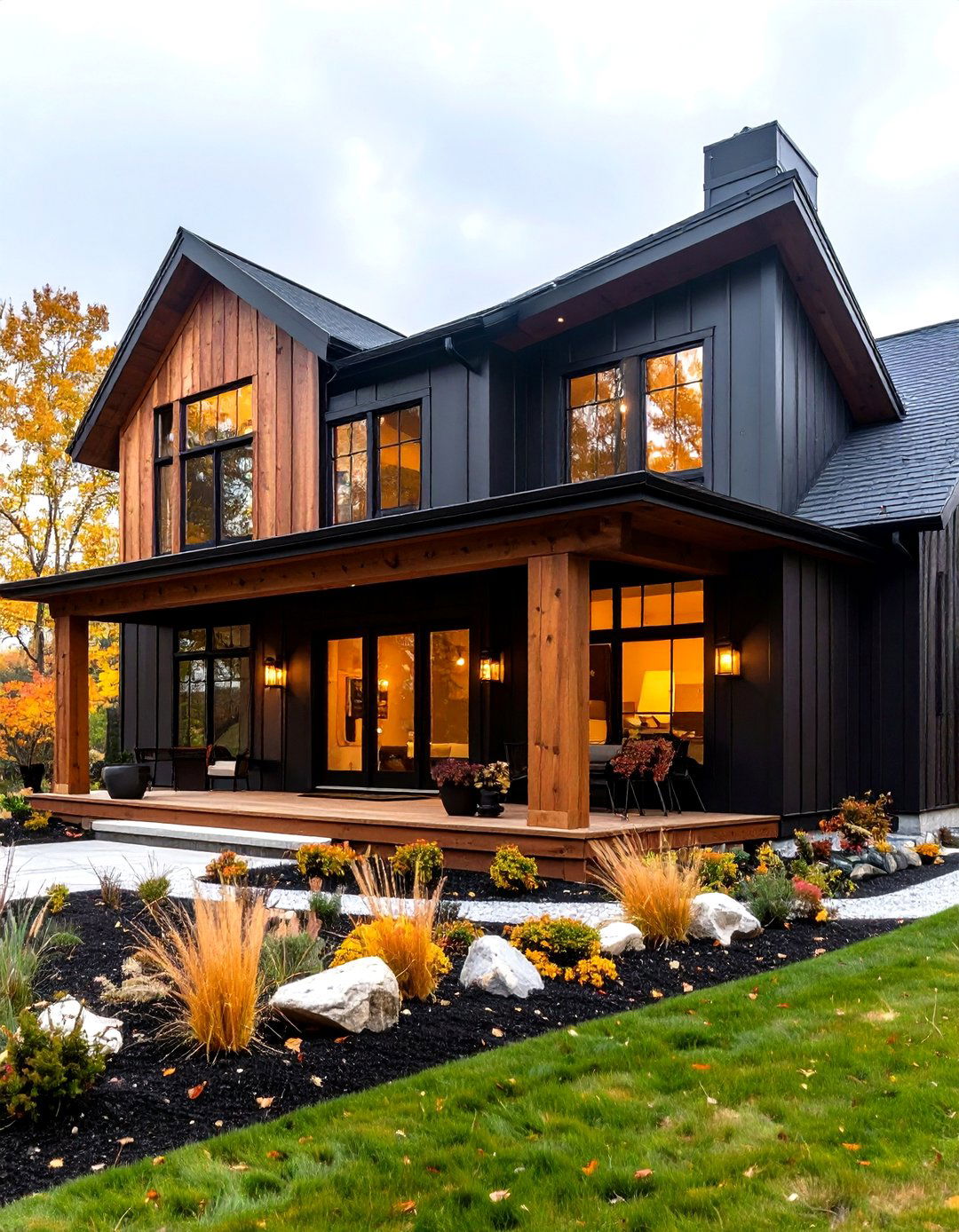
If you crave a dark exterior with organic heft, Benjamin Moore’s Dragon’s Breath 1547 paint color delivers a smoky brown-black inspired by iron-rich soil. Its earthy undertone harmonizes with cedar’s own tannins, creating a quietly luxurious palette. Use it on vertical shiplap or board-and-batten for subtle rustic character, then add raw-steel light sconces for depth. Dragon’s Breath is also available as a Woodluxe stain, letting you match painted Hardie boards to stained cedar pergolas for a cohesive wraparound look — an elegant move that elevates modest footprints.
9. Perfect Greige SW 6073: Balanced Greige Paint Color for Warmth
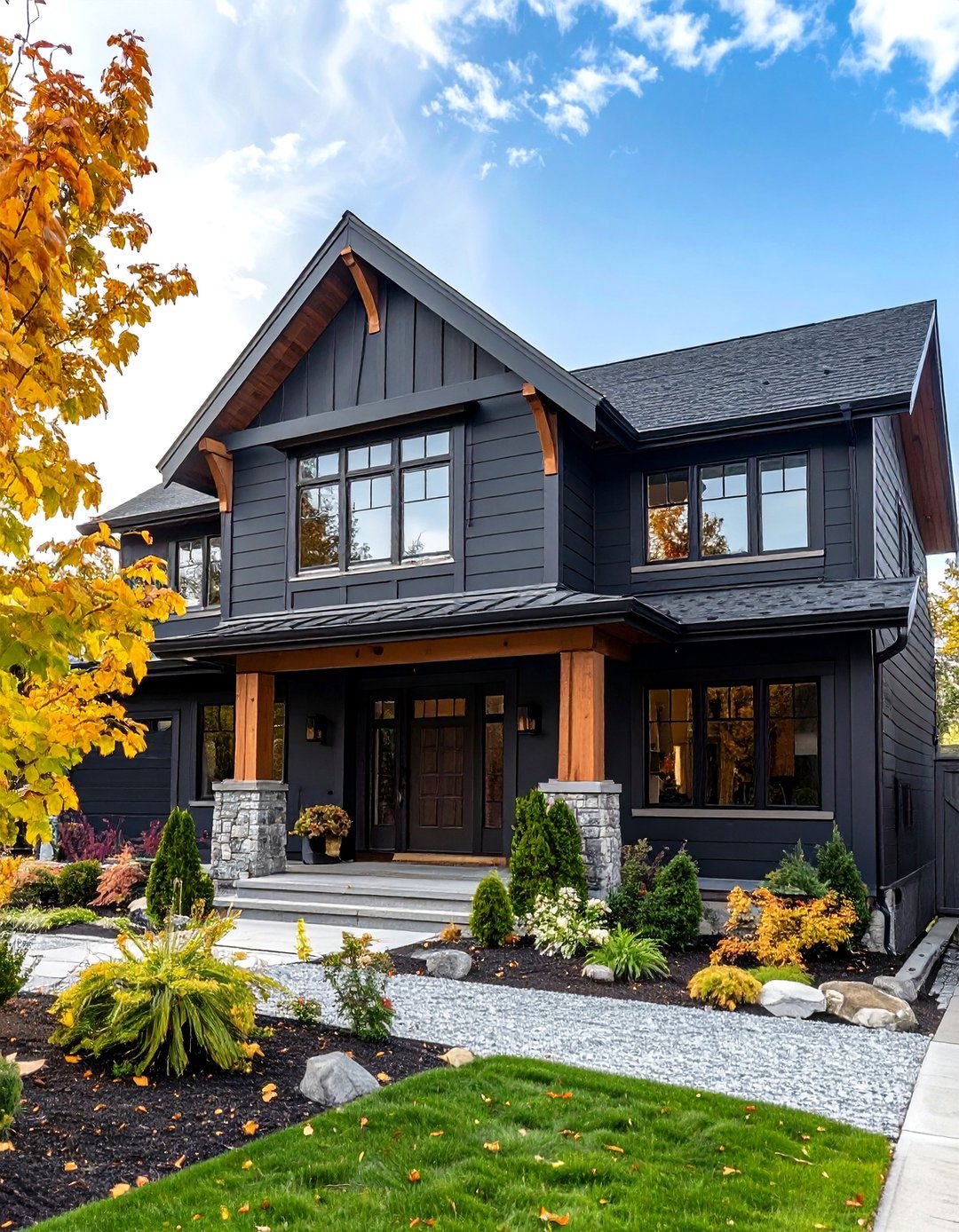
Sherwin-Williams’ Perfect Greige paint color mixes equal parts gray and beige, emerging as the dusky neutral trend forecasters call “new farmhouse. ” On a black-on-cedar elevation, Perfect Greige softens hard angles — ideal for soffits, porch ceilings, or detached sheds you still want within the palette. Its moderate LRV 22 bounces enough light to keep spaces under overhangs inviting without fighting the dark main body. Pair it with matte black gutters and oxidized-bronze house numbers for a curated, layered scheme that feels intentional rather than piecemeal.
10. Perfect Taupe PPU18-13: Warm Taupe Paint Color for Secondary Masses
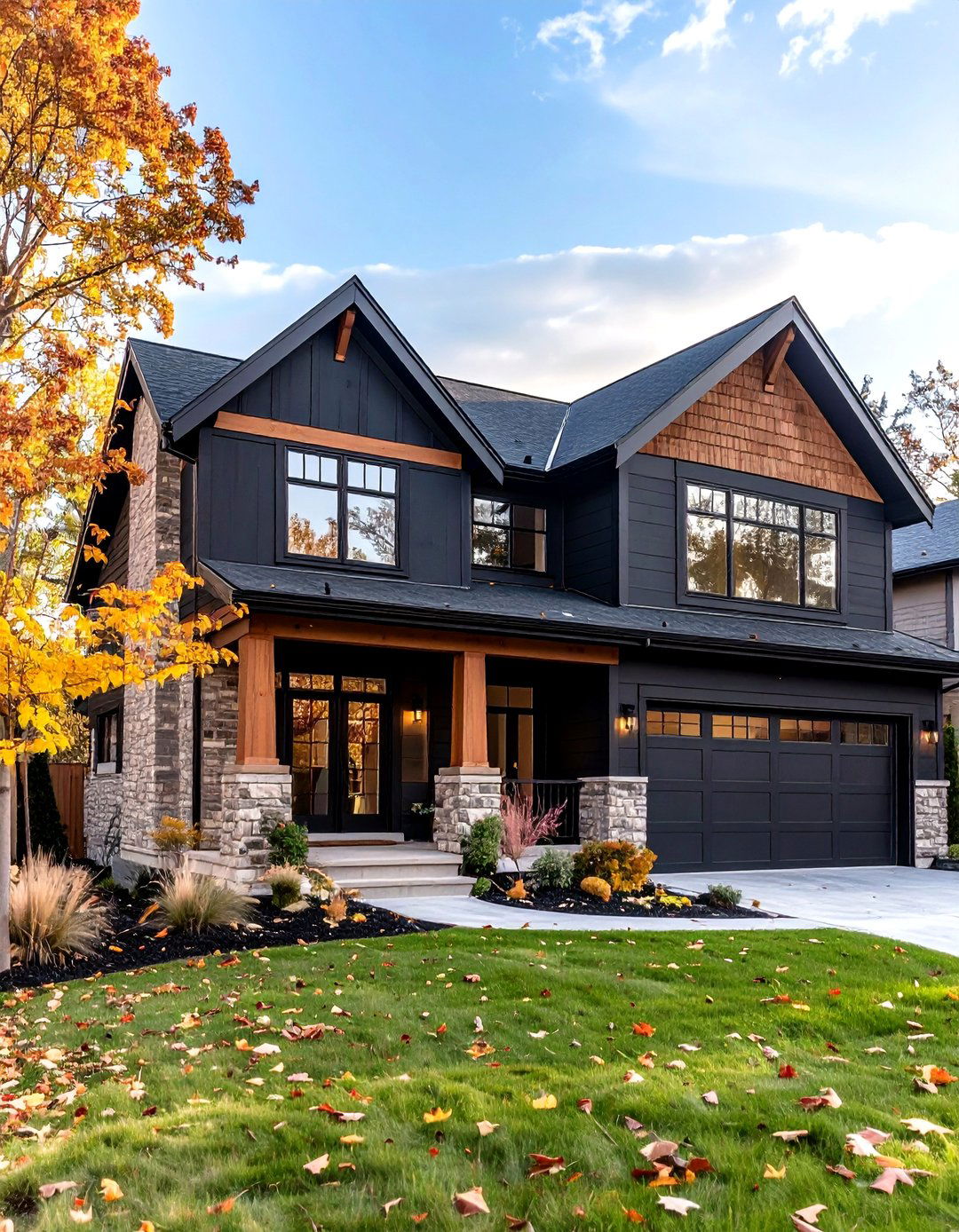
For homeowners nervous about going fully dark, Behr’s Perfect Taupe PPU18-13 paint color acts as a friendly intermediary between black siding and cedar accents. The greige-leaning taupe tempers stark contrasts and looks especially refined on stucco or brick sections nested within lap-sided black wings. Designers suggest echoing its tone in pea-gravel driveways or limestone pavers to visually knit landscape and architecture together. A satin finish here highlights dimensional cladding like board form concrete, adding shadow play that makes the cedar’s linear grain appear even sharper.
11. White Dove OC-17: Classic Warm-White Paint Color for Trim
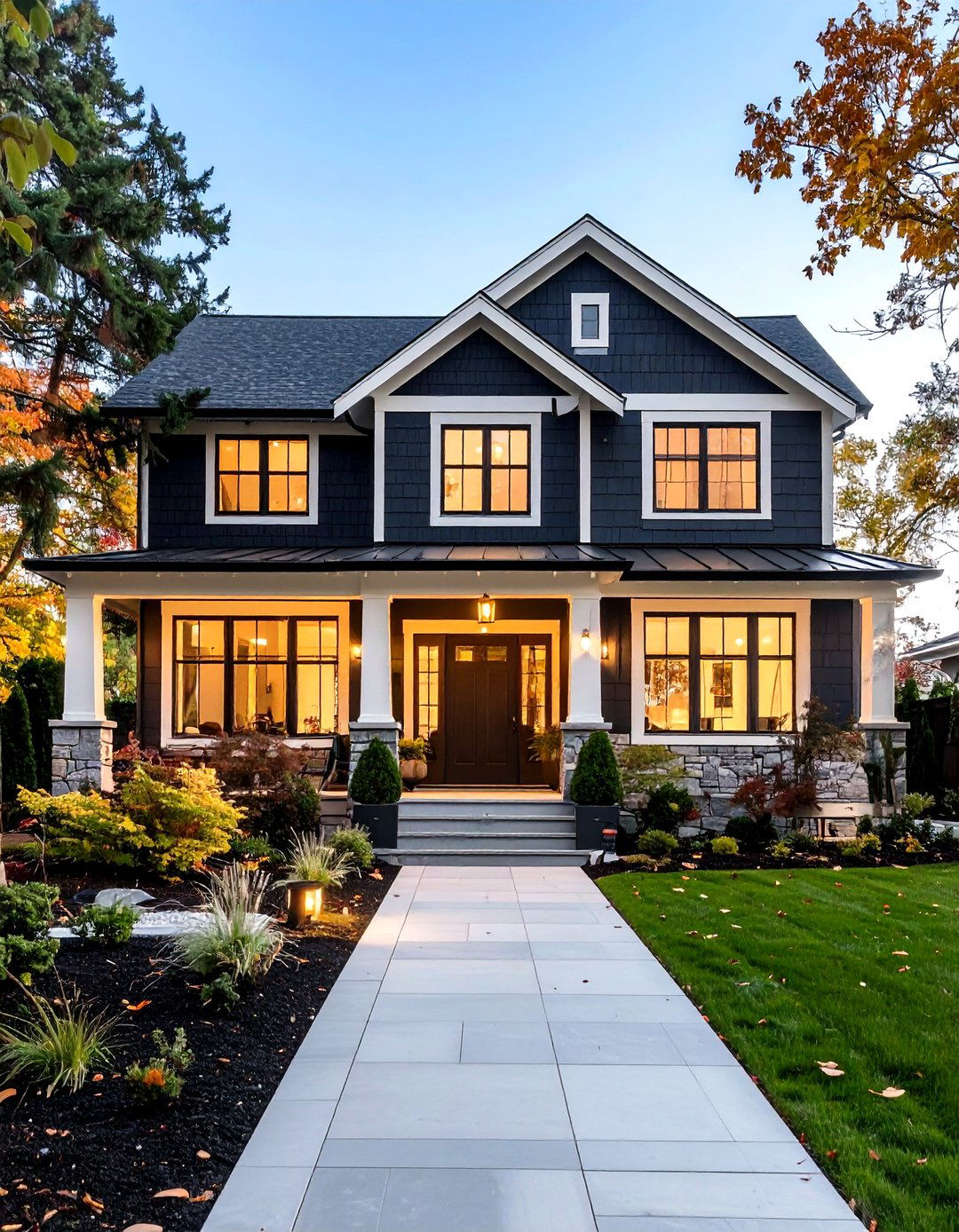
Benjamin Moore’s White Dove OC-17 remains a go-to trim paint color because its warm undertone prevents the “bright halo” effect that cool whites create against black siding. When brushed onto window casings next to cedar screens, it offers a gentle highlight without stealing the show. White Dove’s high LRV 83 also cuts nighttime gloom around entryways when paired with low-watt sconces. Many pros dilute it 10 % with water for a controlled-wash look on porch ceilings, giving just a whisper of color that feels coastal and carefree.
12. Alabaster SW 7008: Soft-White Paint Color for Light-Well Interiors
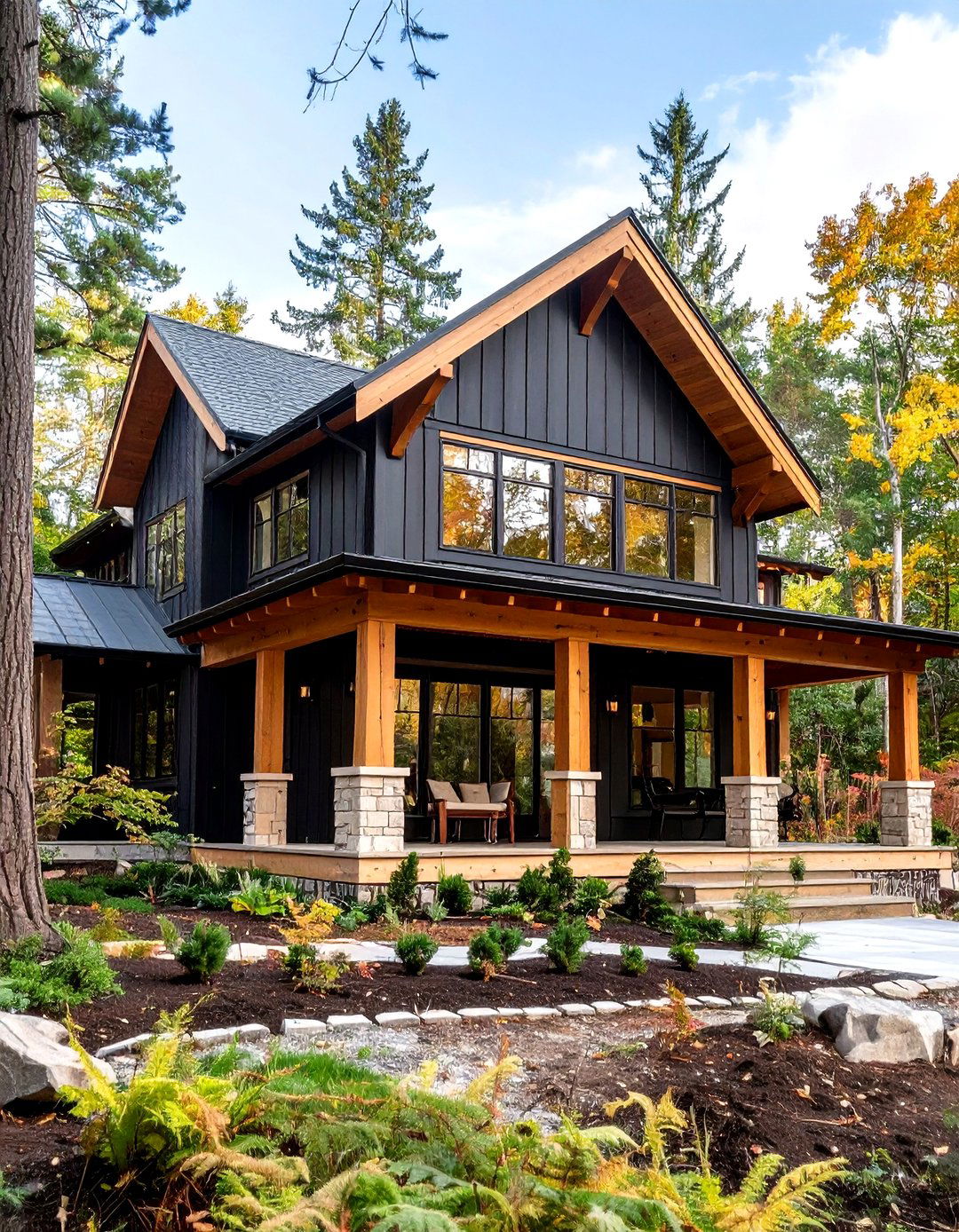
Alabaster SW 7008 — a former Color of the Year — gives exterior soffits or interior light-wells opening onto cedar-clad courtyards a creamy, sunlit glow. Unlike cooler whites, this paint color flatters both black metal stringers and warm timber treads, making transitions seamless from outside to in. Use it on breezeway ceilings or porch rafters to reflect light upward and mitigate the strong contrast delivered by black siding. Because it’s a top-50 Sherwin-Williams shade, touch-up quarts are always in stock — a practical perk for long-term maintenance.
13. Swiss Coffee 12: Cozy White Paint Color for Garage Doors
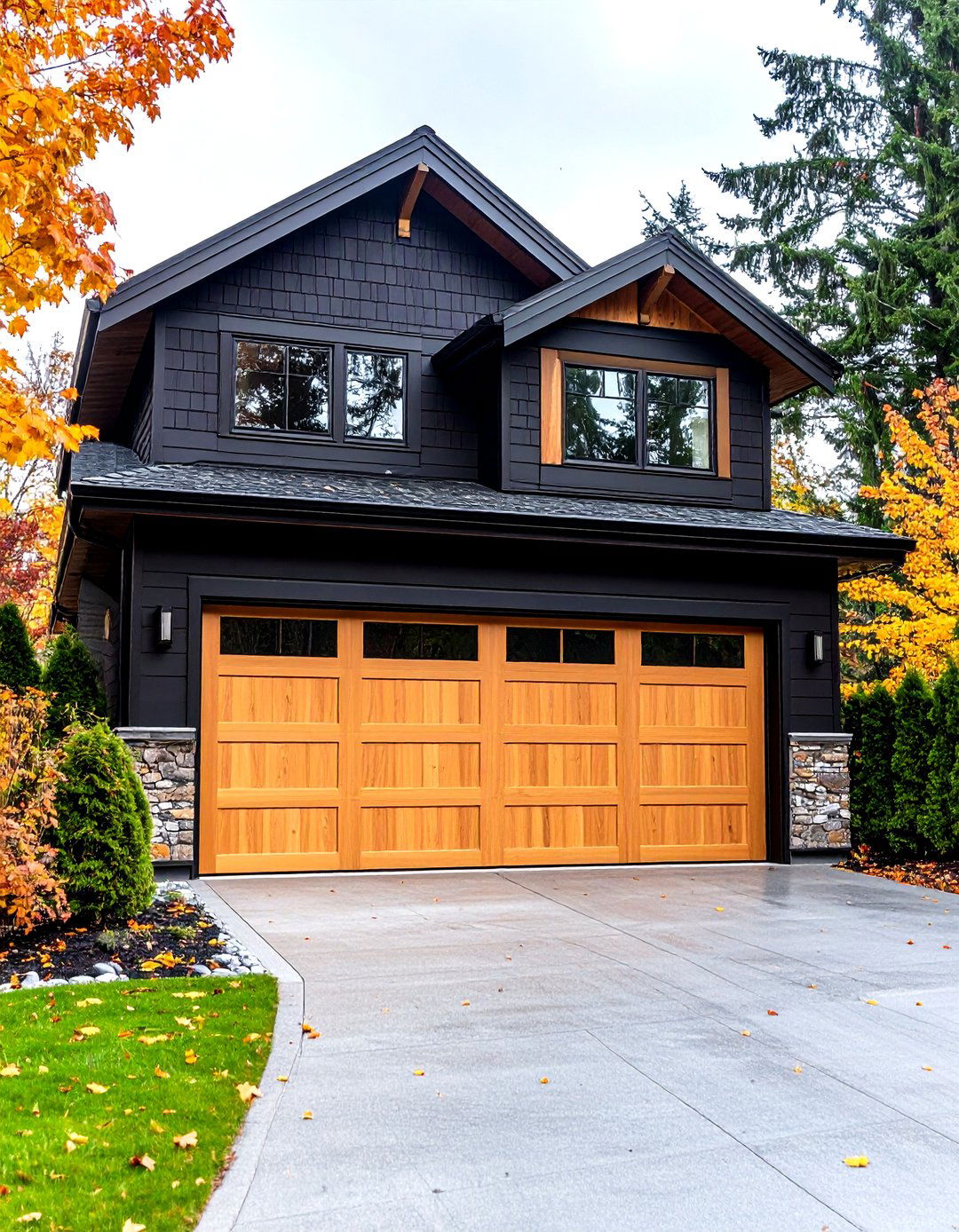
Behr’s Swiss Coffee 12 paint color is beloved for its creamy base that mirrors a frothy cappuccino. Applied to paneled garage doors beneath black lap siding and cedar lintels, it softens utilitarian surfaces, allowing the cedar header to function like a design underline. The light tone also meets many municipal reflectance requirements for driveway-facing garage walls. Interior designers often migrate Swiss Coffee indoors for mudroom cabinetry, tying the threshold together without introducing another hue — handy when you crave cohesive flow.
14. Hale Navy HC-154: Timeless Navy Paint Color for Front Doors
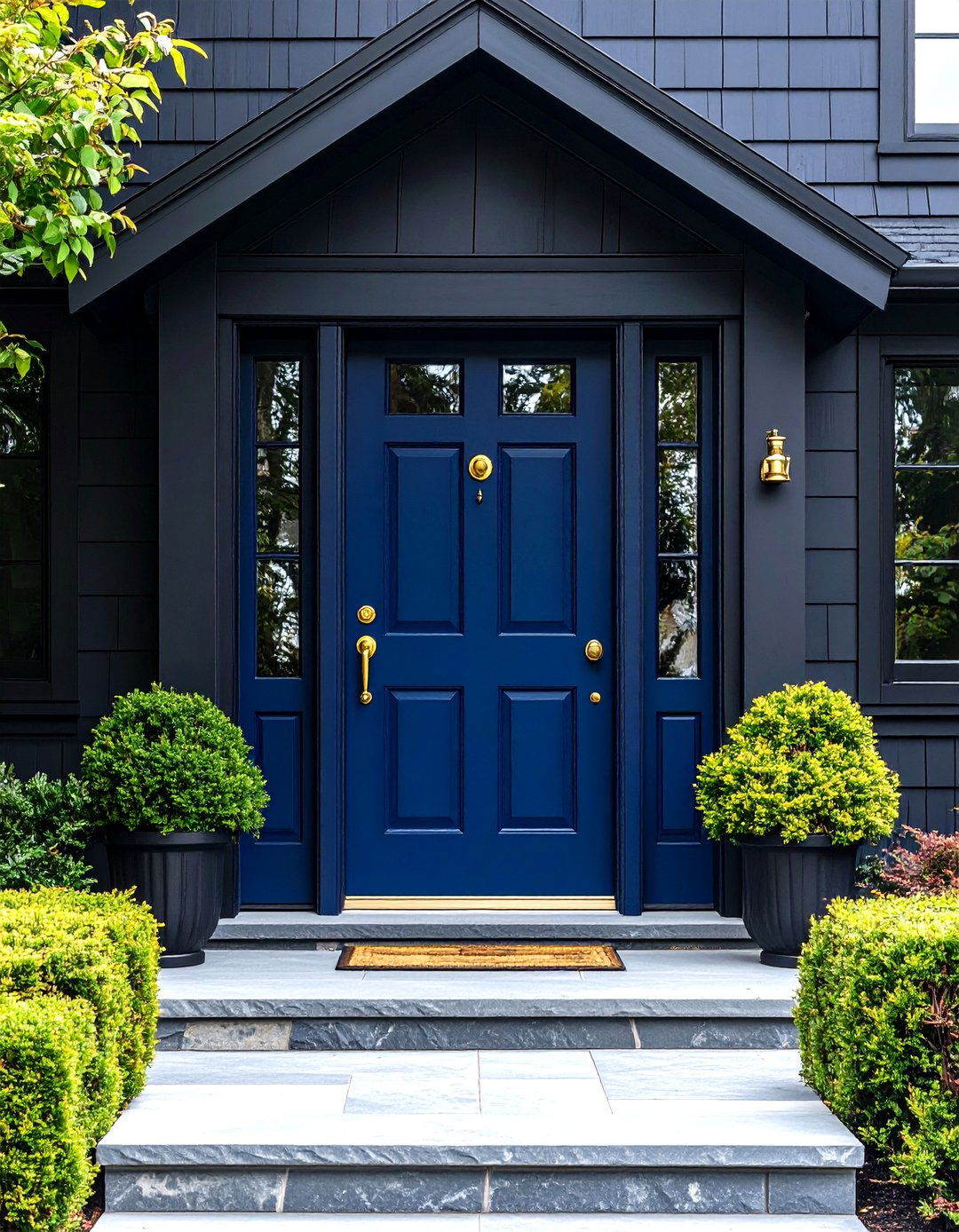
A modern black façade loves a confident accent, and Benjamin Moore’s Hale Navy HC-154 paint color supplies it. The maritime tone stands out just enough against charcoal siding while still vibing with cedar’s amber streaks. Its deep saturation masks scuffs on a high-traffic door, and its 8 % LRV keeps the entry from reading teal in morning light. Pair Hale Navy with antique brass hardware for a nautical nod that doesn’t veer kitsch; echo the color on Adirondack chairs or steel planters to guide visitors straight to the threshold.
15. Anchors Aweigh SW 9179: Inky-Blue Paint Color for Statement Trim
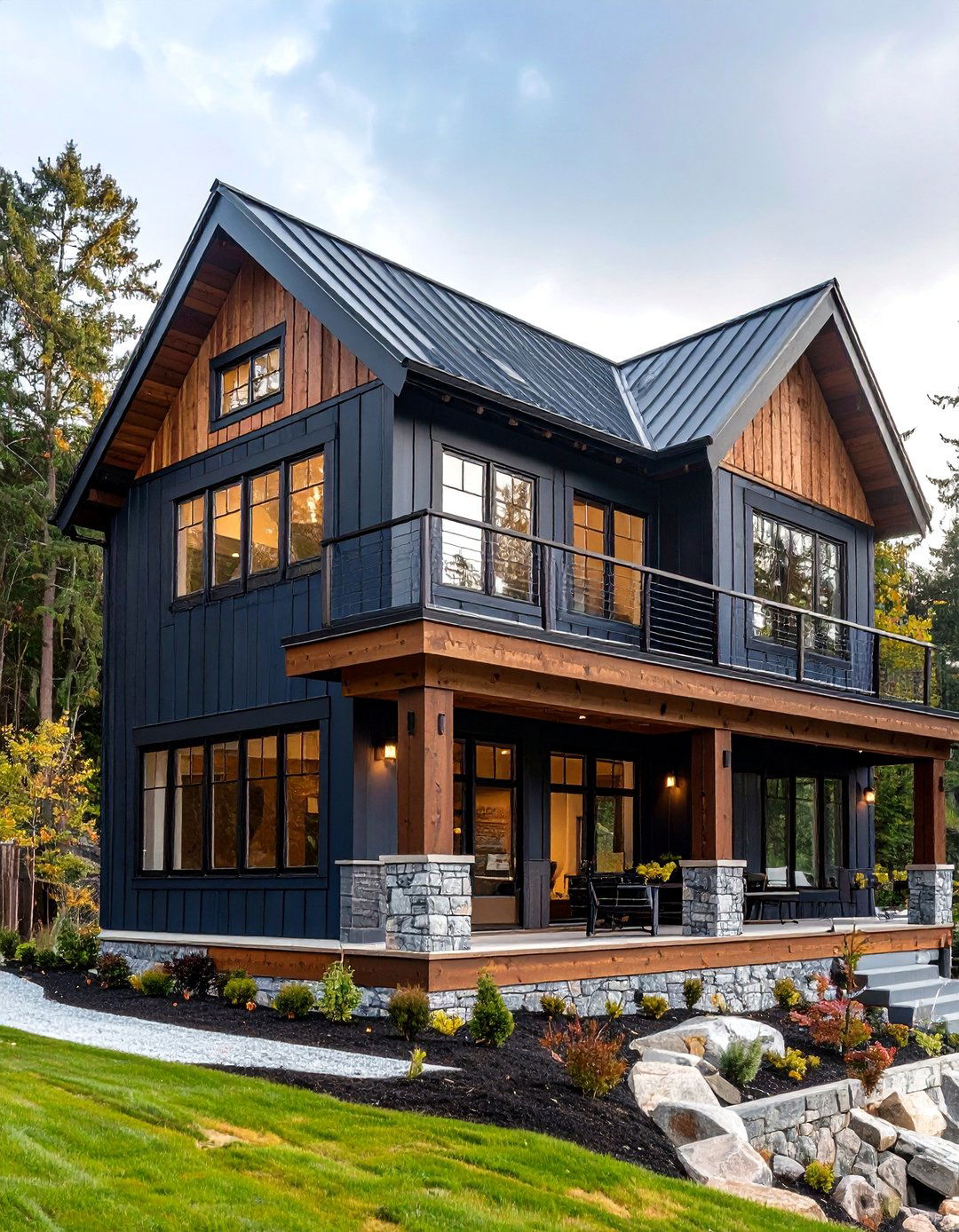
If navy feels too safe, Sherwin-Williams’ Anchors Aweigh SW 9179 paint color steers darker — almost black — with a hidden teal nuance that gleams beside cedar soffits. Use it on open-riser stair stringers or verandah balustrades for a luxe, custom-steel look without metalworker pricing. The shade’s cool depth frames panoramic glazing beautifully, making window mullions fade so cedar beams stand proud. Because Anchors Aweigh is in the Emerald line, it boasts UV-blocking pigments ideal for south-facing façades.
16. Sea Serpent SW 7615: Deep Blue-Green Paint Color
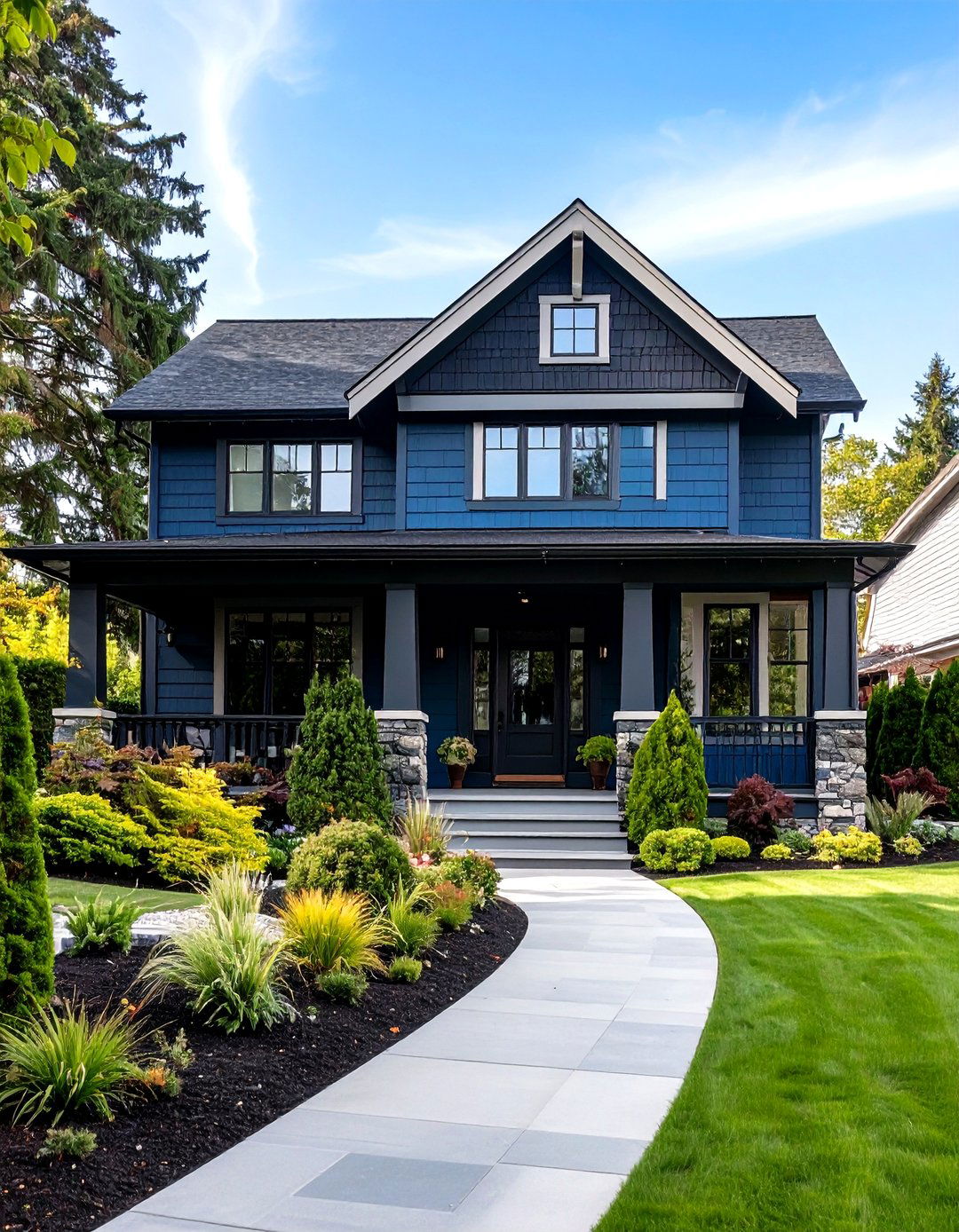
Sherwin-Williams’ Sea Serpent SW 7615 paint color leans toward dark teal, echoing the green undertone inherent in fresh-cut cedar. Apply it to accent dormers or a screened-porch wall to pull surrounding evergreen plantings into your palette. The hue sits in the brand’s Coastal Design collection, proving its salt-spray resilience on seaside builds. Many architects pair it with matte-black standing-seam roofs to make cedar-clad chimneys pop. A semigloss version on fiber-cement shakes also sheds rainwater efficiently in wet climates.
17. Compass Blue MQ5-54: Bold Navy Paint Color with Adventure
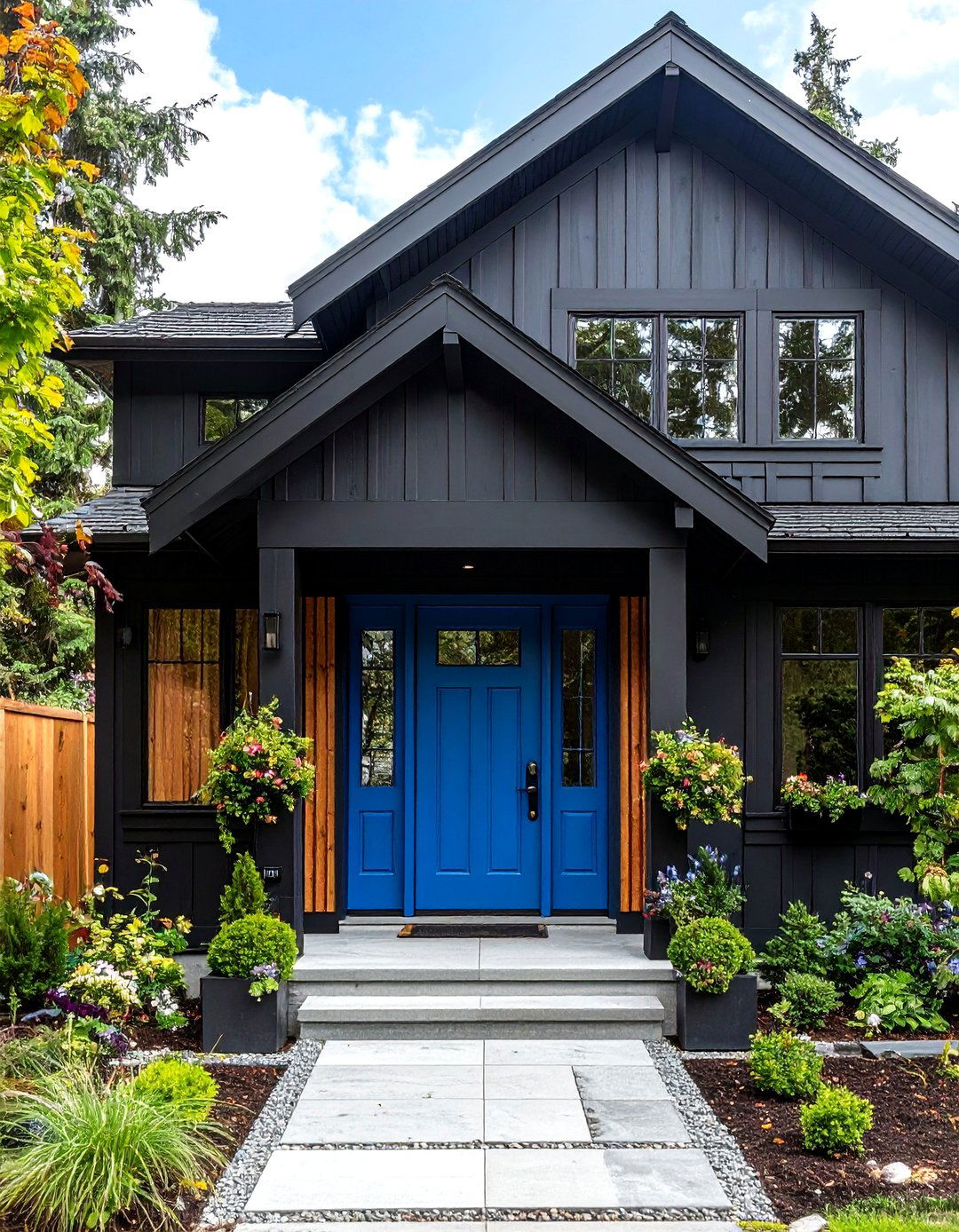
Behr’s Compass Blue MQ5-54 paint color is an inky navy created to evoke “spirited navigation, ” and its boldness shines when it punctuates a black-and-cedar façade. Splash it on entry doors or vertical batten strips between cedar screens for a surprising color jolt that feels modern rather than nautical kitsch. Because the tone contains a touch of black, it transitions gracefully into the main siding so contrast never looks cartoonish. Use matching planters or address plaques to sprinkle the hue across the elevation for cohesion.
18. Aegean Teal 2136-40: Muted Teal Paint Color for Modern Warmth
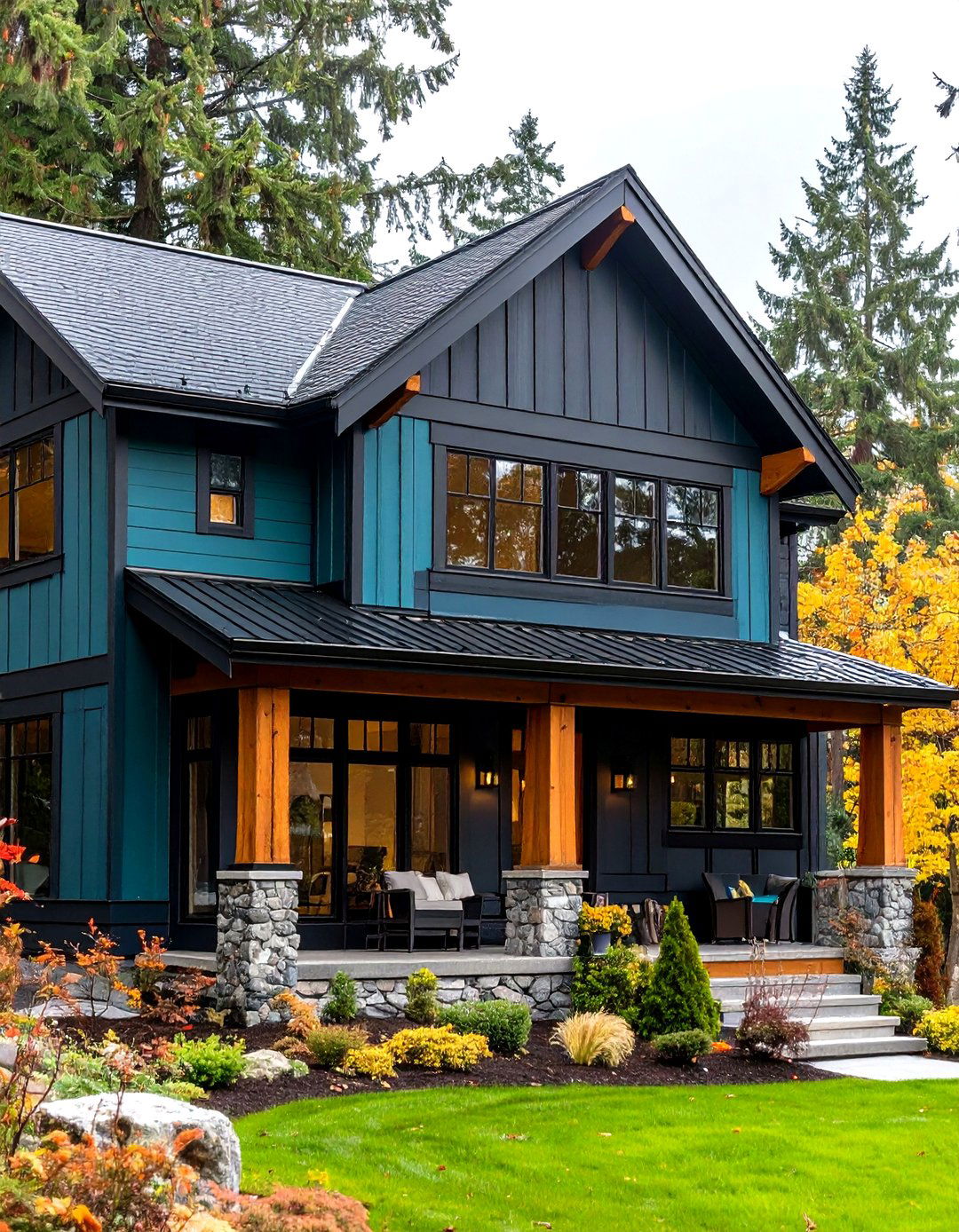
Benjamin Moore’s Aegean Teal 2136-40 paint color brims with subdued blue-green that softens black exteriors while echoing cedar’s earthy warmth. Apply it to a cantilevered bump-out or window box, then repeat the color on interior built-ins visible through large panes — your eye travels in and out, expanding perceived square footage. Aegean Teal’s mid-tone depth also balances the heavy visual weight of black siding near ground level, creating an inviting porch that beckons guests to linger.
19. Saybrook Sage HC-114: Chalky-Green Paint Color for Natural Calm
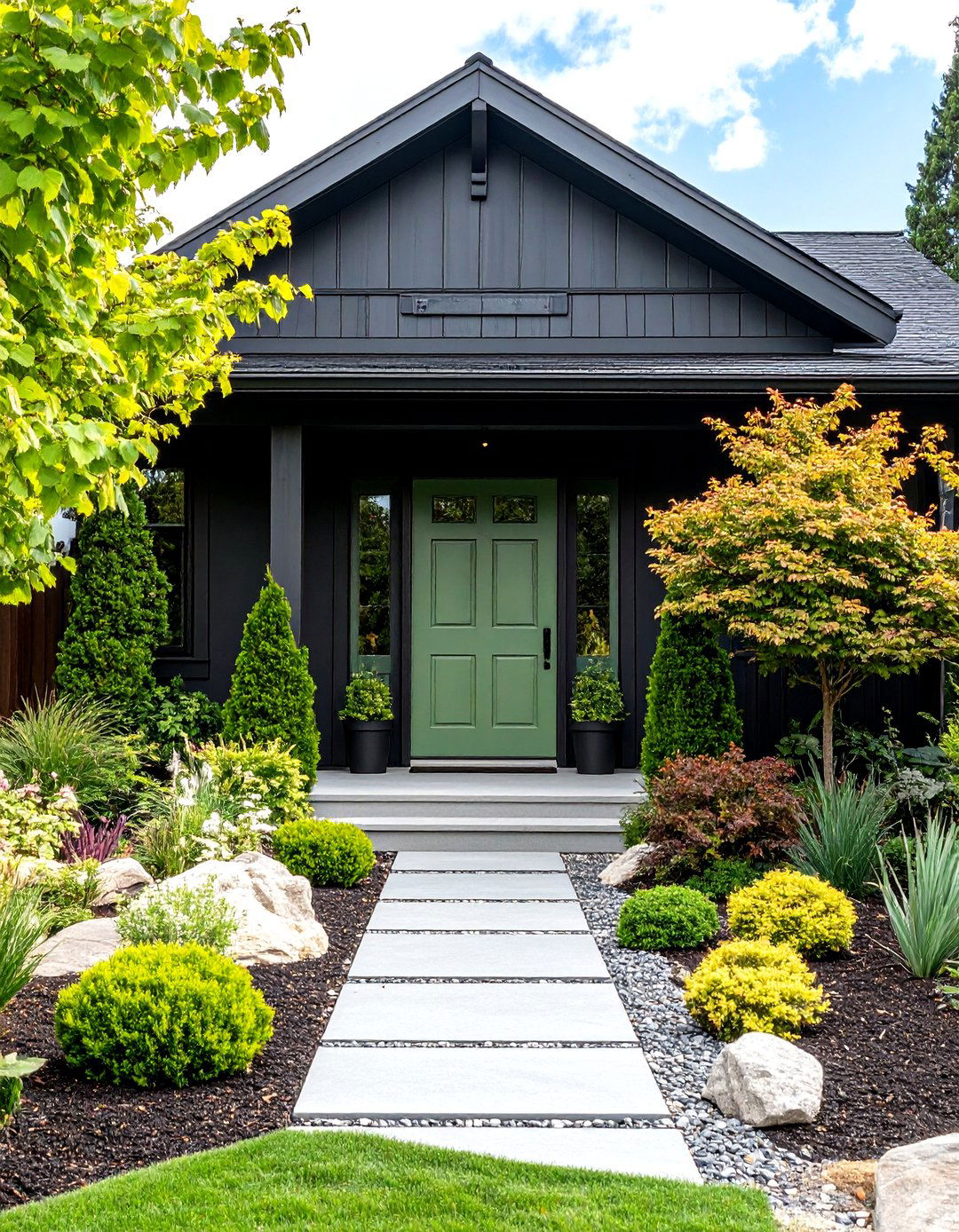
Homeowners craving biophilic vibes reach for Saybrook Sage HC-114, a chalky-green paint color with gray undertones that cuddle up to cedar’s raw finish. On a black house, use it for garden doors, planter boxes, or even porch ceilings to blur the boundary between built and botanical. Because the color sits mid-scale on the LRV chart, it pops softly without screaming, providing a restorative focal point that complements drought-tolerant landscapes planted with sedges and sage.
20. Rosemary SW 6187: Forest-Green Paint Color that Loves Cedar
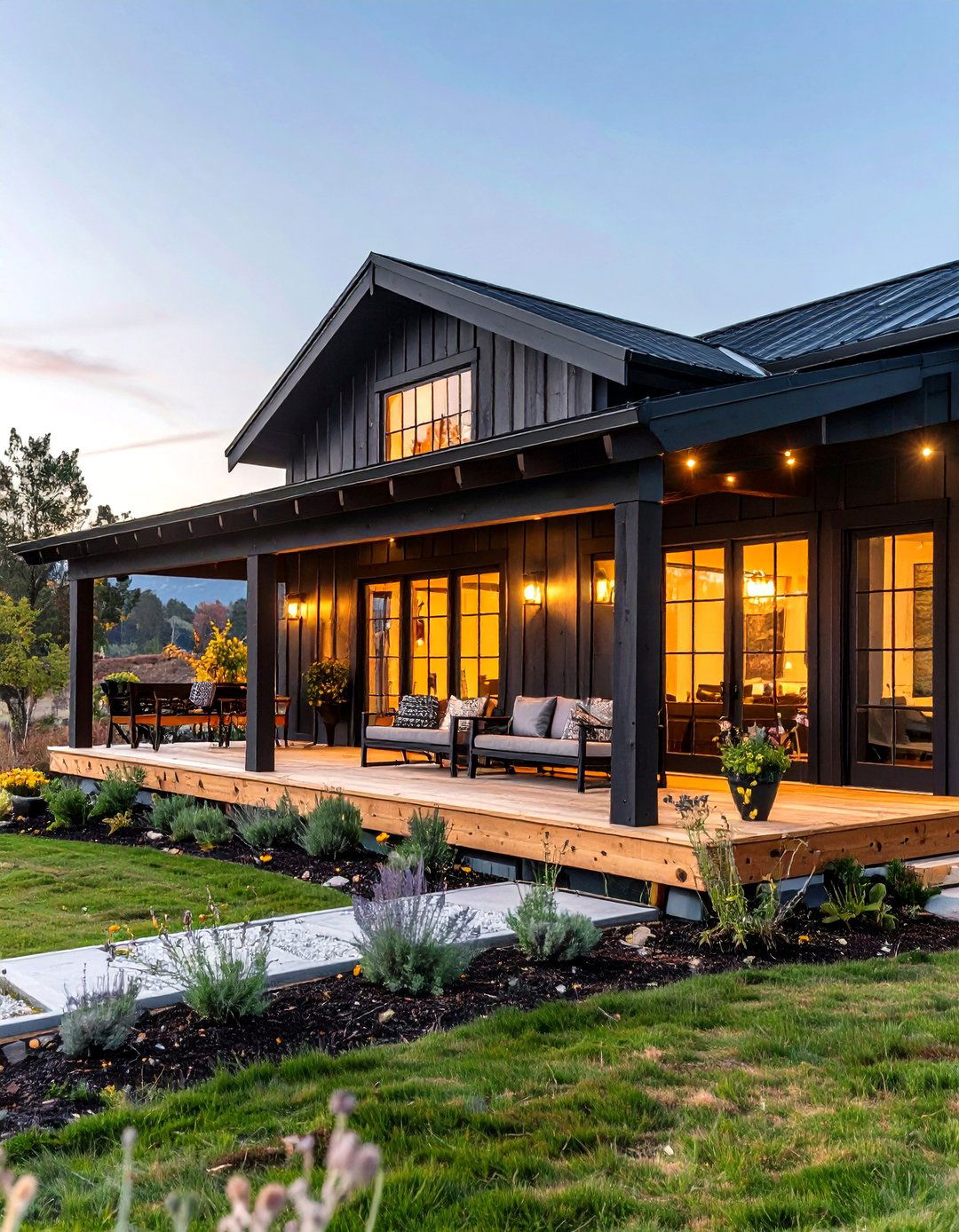
Sherwin-Williams named Rosemary SW 6187 its November 2022 Color of the Month, praising the paint color’s “deep, organic green. ” The cool gray undertone keeps it sophisticated beside cedar gables, avoiding Christmas-tree territory. Use Rosemary on porch screens or built-in benches so greenery feels like a continuous ribbon from landscape to architecture. Its darker value (LRV 14) also means mud splashes vanish — perfect around planting beds. Finish with matte black fan blades to complete the earthy retreat effect.
21. Sussex Green HC-109: Olive-Green Paint Color for Heritage Flair
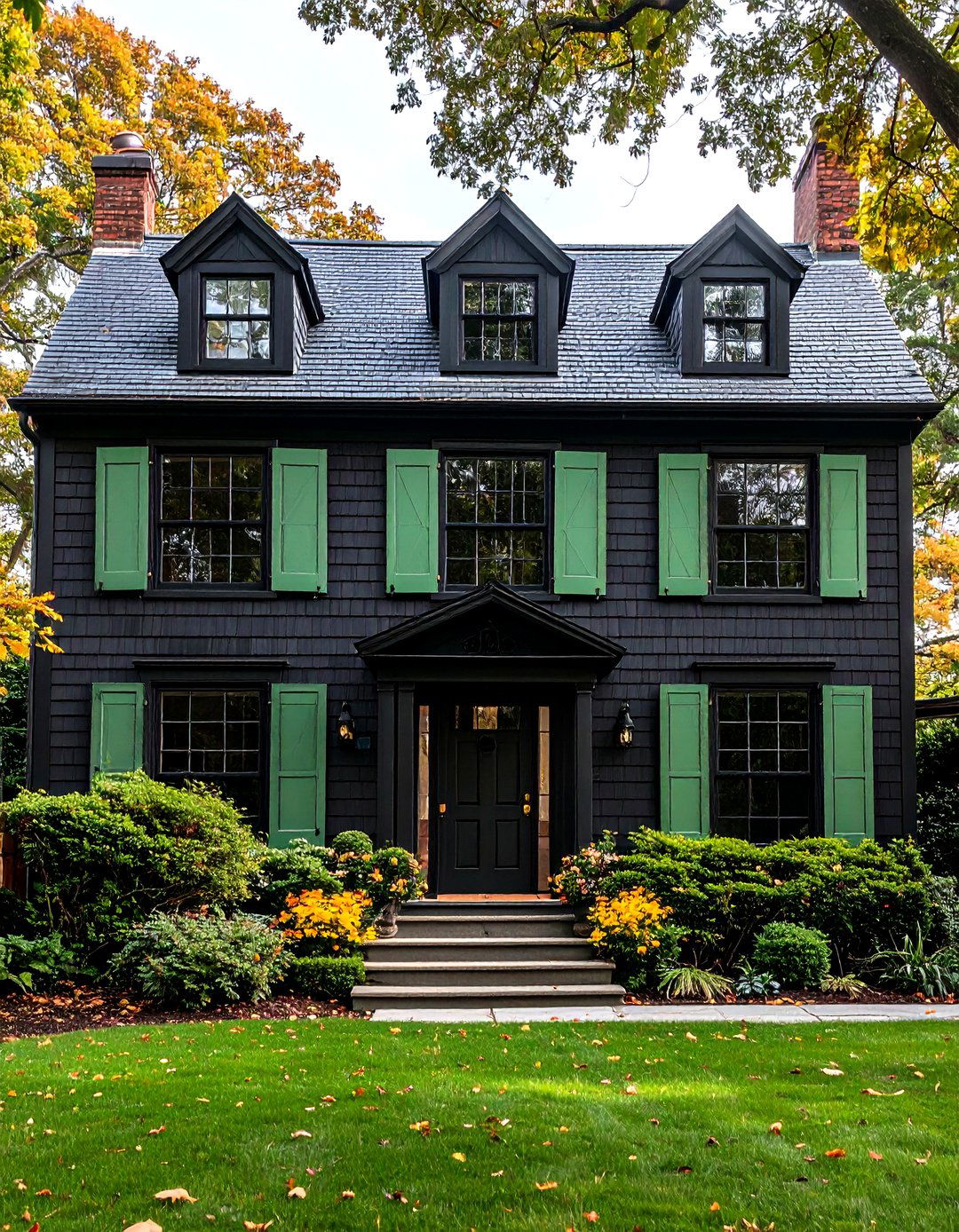
Sussex Green HC-109 paint color from Benjamin Moore’s Historical Collection blends olive and brown, mirroring cedar’s weathered patina. Apply it to shutters or barn doors to add understated character without breaking the modern feel. The color’s richness flatters both oiled and naturally graying cedar, so you can let wood age gracefully without repainting accents. It also pairs well with black window frames, giving a subtle nod to classic agrarian buildings reimagined for 21st-century living.
22. Nugget SW 6697: Mustard-Gold Paint Color for Front-Door Pop
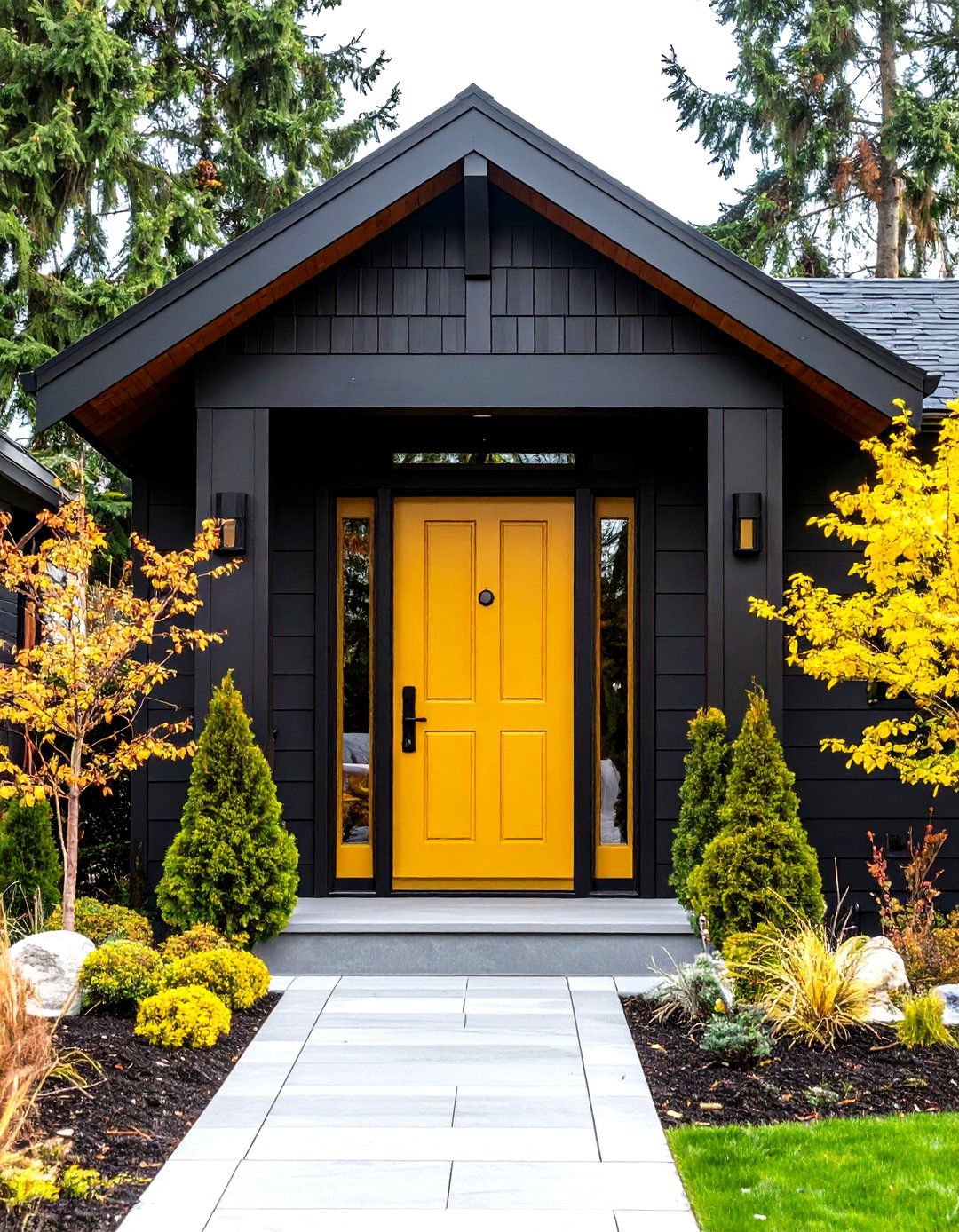
Designers seeking a playful pop against black siding reach for Nugget SW 6697, a mustard-gold paint color highlighted in Sherwin-Williams’ front-door palette. Its sunny hue resonates with cedar’s warm core, creating a harmonious yet high-energy entry. Because yellow hues have excellent visibility, they guide guests easily to the front porch in low light. Balance Nugget with matte black hardware and slim cedar door surrounds to keep the overall look chic rather than whimsical.
23. Sun Dried Tomato SW 7585: Brick-Red Paint Color for Rustic Edge
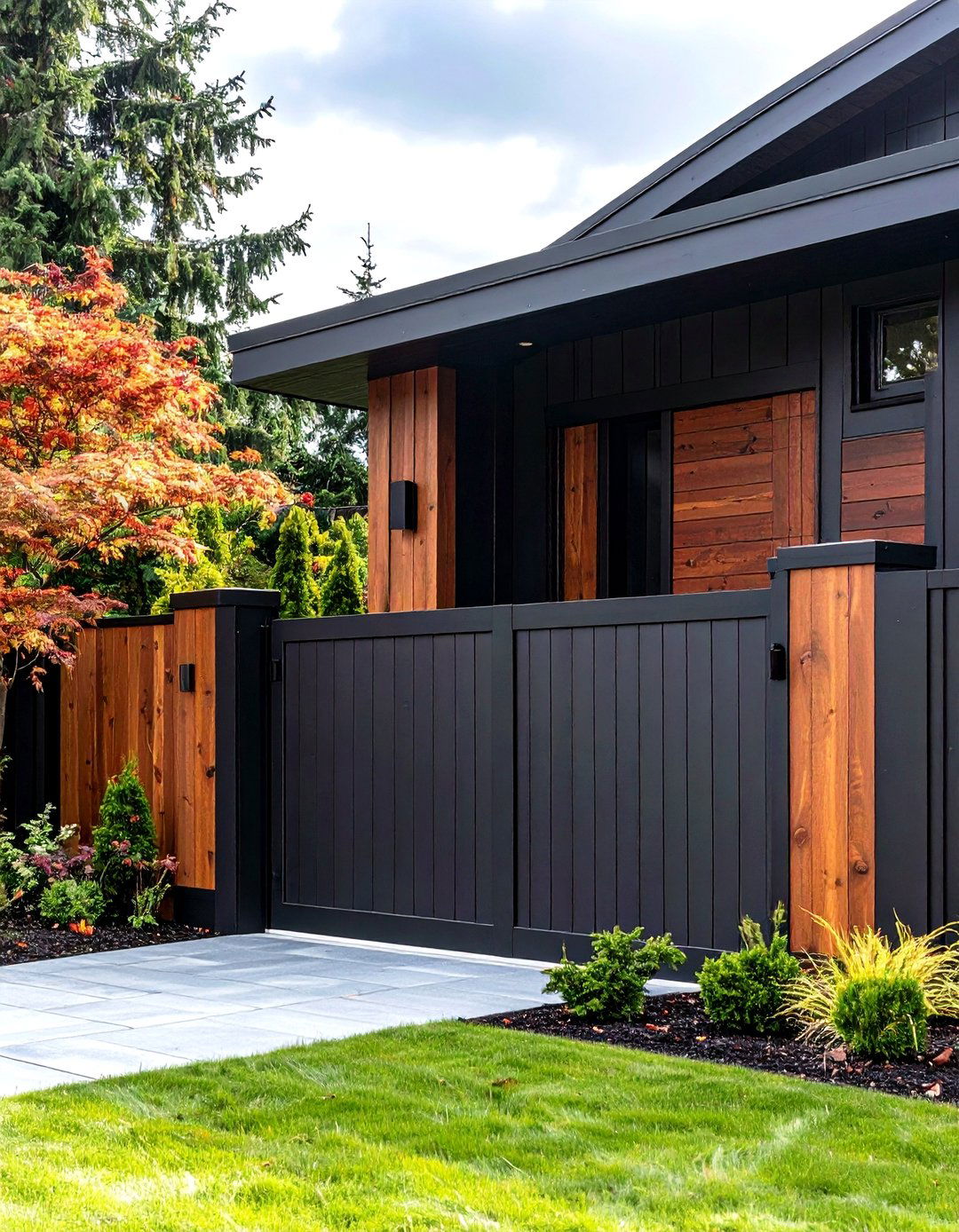
Sun Dried Tomato SW 7585 paint color offers a muted brick red that feels like kiln-fired clay — rich, earthy, and perfect beside cedar-wrapped columns. Use it on vertical accent panels or steel garden gates to draw attention without overpowering black siding. The red undertone makes cedar knots appear more pronounced, amplifying their rustic charm. Many architects echo the hue in terracotta planters or rusted Corten edging, creating a cohesive warm-toned thread throughout the property.
24. Turkish Tile SW 7610: Saturated Blue Paint Color for Artistic Flair
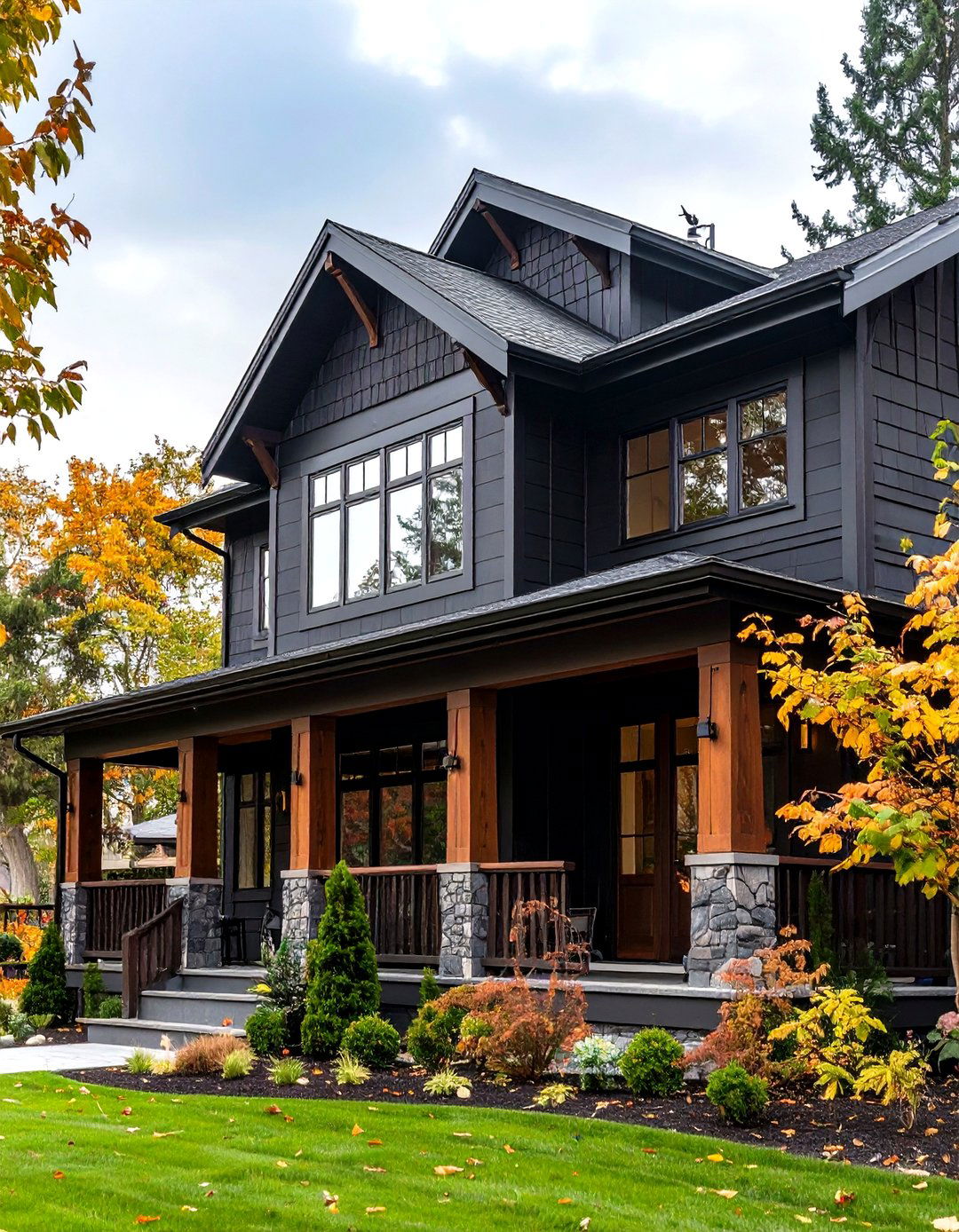
For homeowners who crave saturated color, Sherwin-Williams’ Turkish Tile SW 7610 paint color provides an intense blue inspired by hand-glazed ceramics. On a black-clad façade, the hue sings on recessed niches or porch ceilings, referencing Mediterranean craftsmanship while staying contemporary. Its high chroma pairs surprisingly well with cedar because the warm wood tempers the blue’s vibrancy, preventing a theme-park feel. Use sparingly and repeat via outdoor cushions or art panels for a curated splash rather than an overwhelming wave.
25. Compass-Blue-Adjunct: Ensemble of Accent Paint Colors
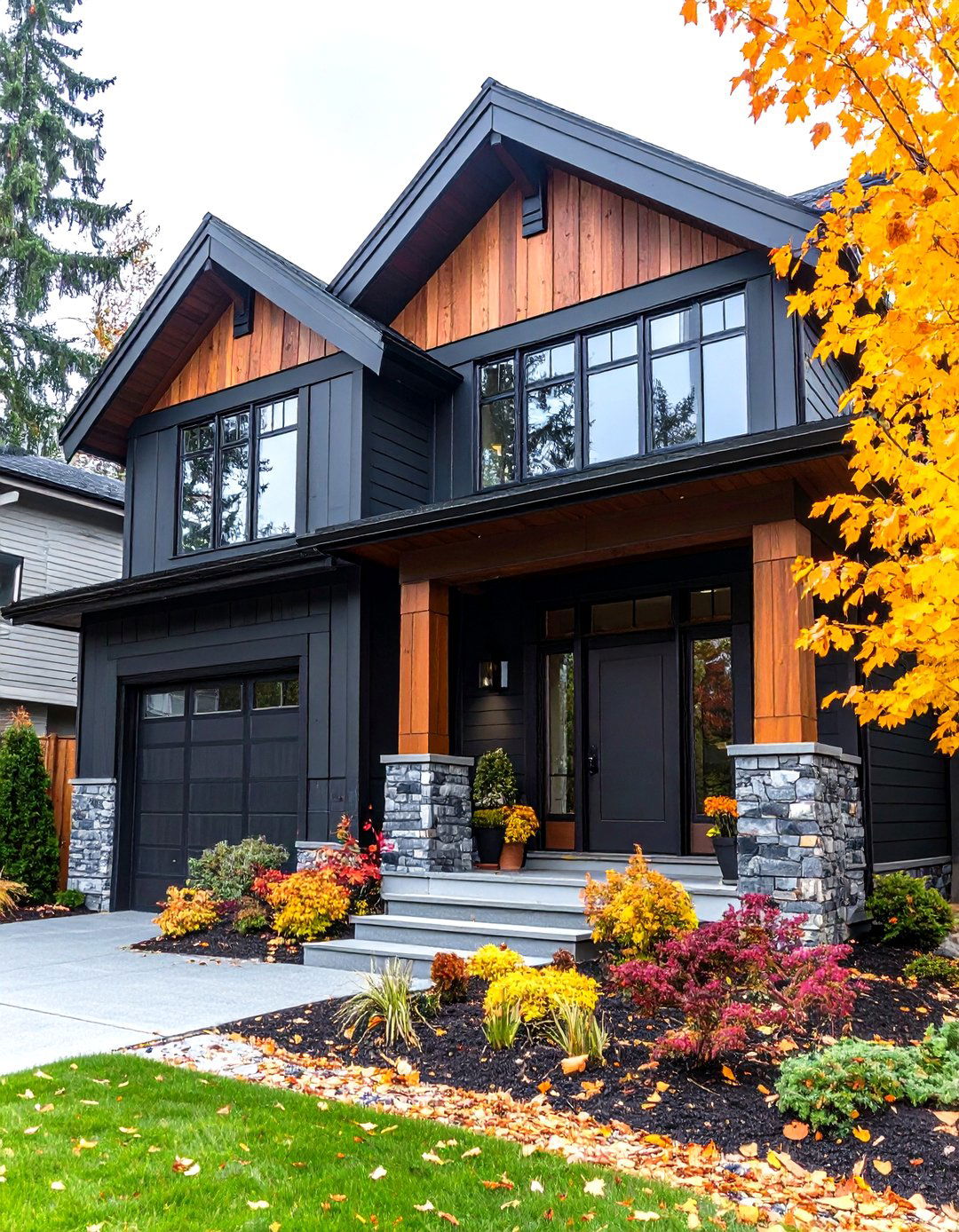
All things considered, rotating between a dominant black body color and one or two of these accent paint colors keeps the cedar focal points strong while adding personality curated to your taste. Trends show homeowners increasingly favor nature-grounded palettes that boost curb appeal and resale value. Whether you lean into deep charcoals like Iron Ore, botanical shades like Rosemary, or saturated statements like Nugget, each color here complements black siding and cedar details without upstaging them. Sample generously, view swatches in shifting daylight, and let your home’s wood grain guide the final decision.
Conclusion:
Curating the right supporting paint colors turns a striking black-and-cedar shell into an exterior narrative — one that feels balanced, welcoming, and undeniably modern. Deep charcoals anchor, nuanced whites lift, earthy greens connect to landscape, and bold jewel tones add personal flair, all while highlighting cedar’s honeyed warmth. By mixing and matching from this palette, you can fine-tune mood, maintenance, and architectural emphasis, ensuring your contemporary black house ages as gracefully as the cedar that frames it.



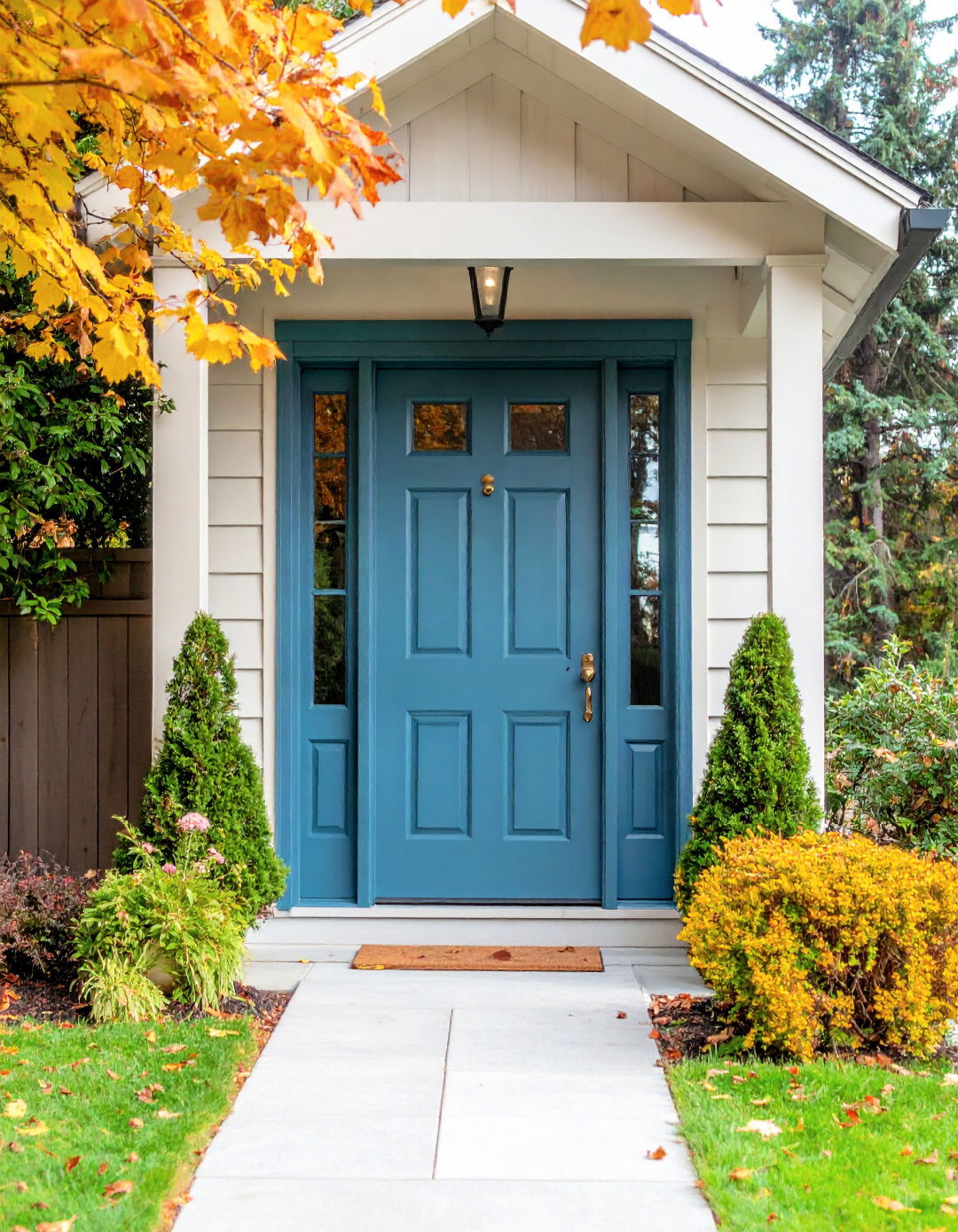
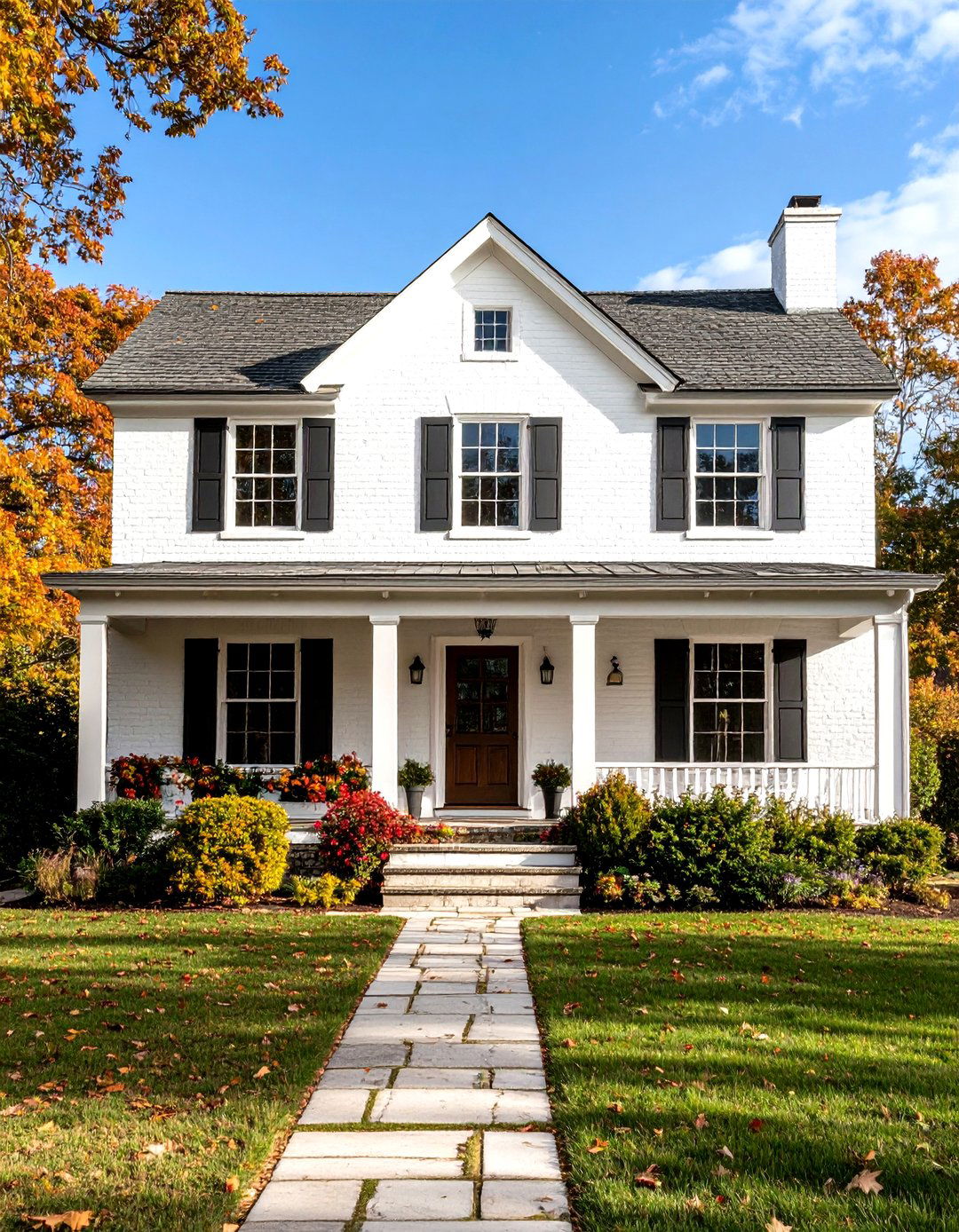
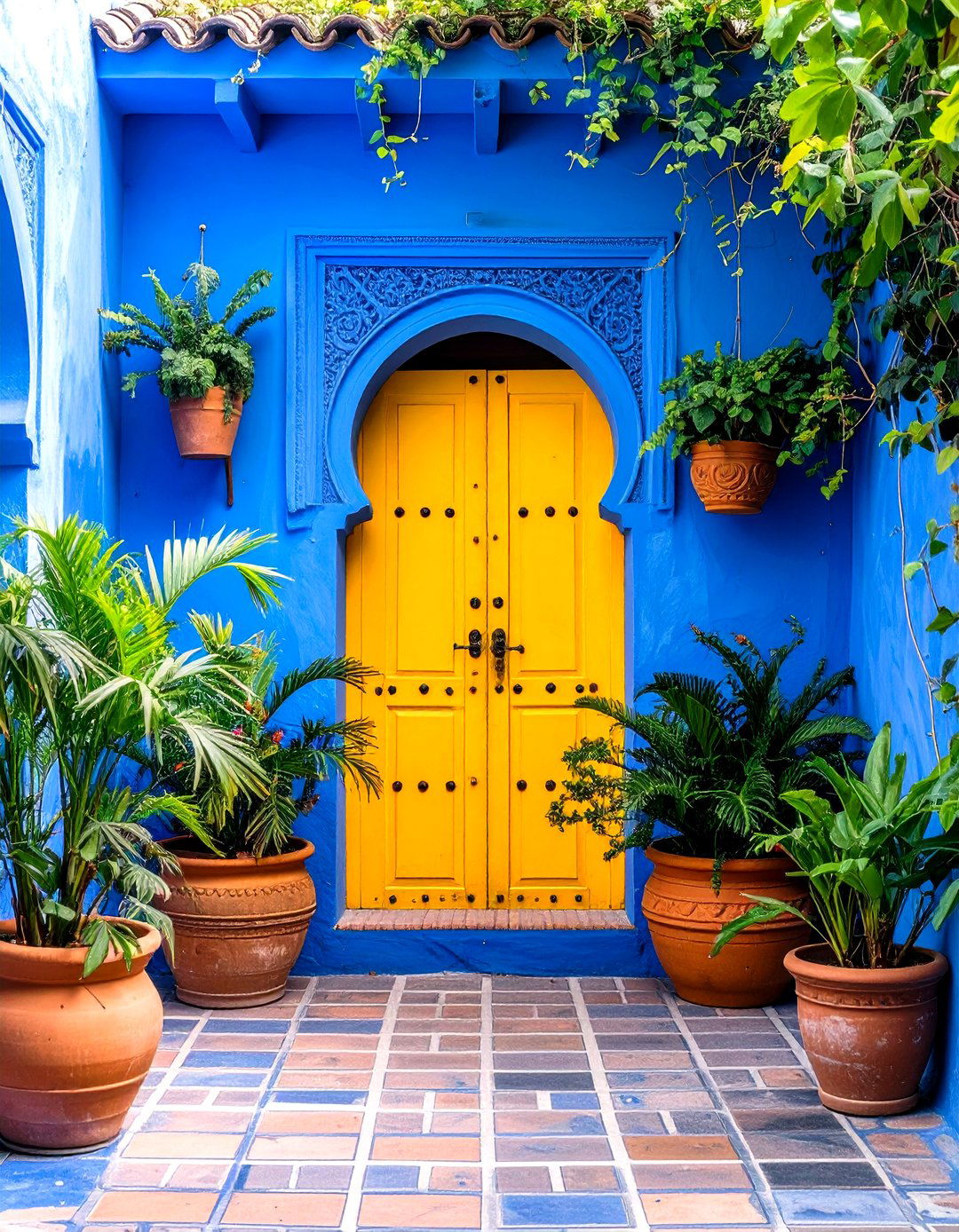
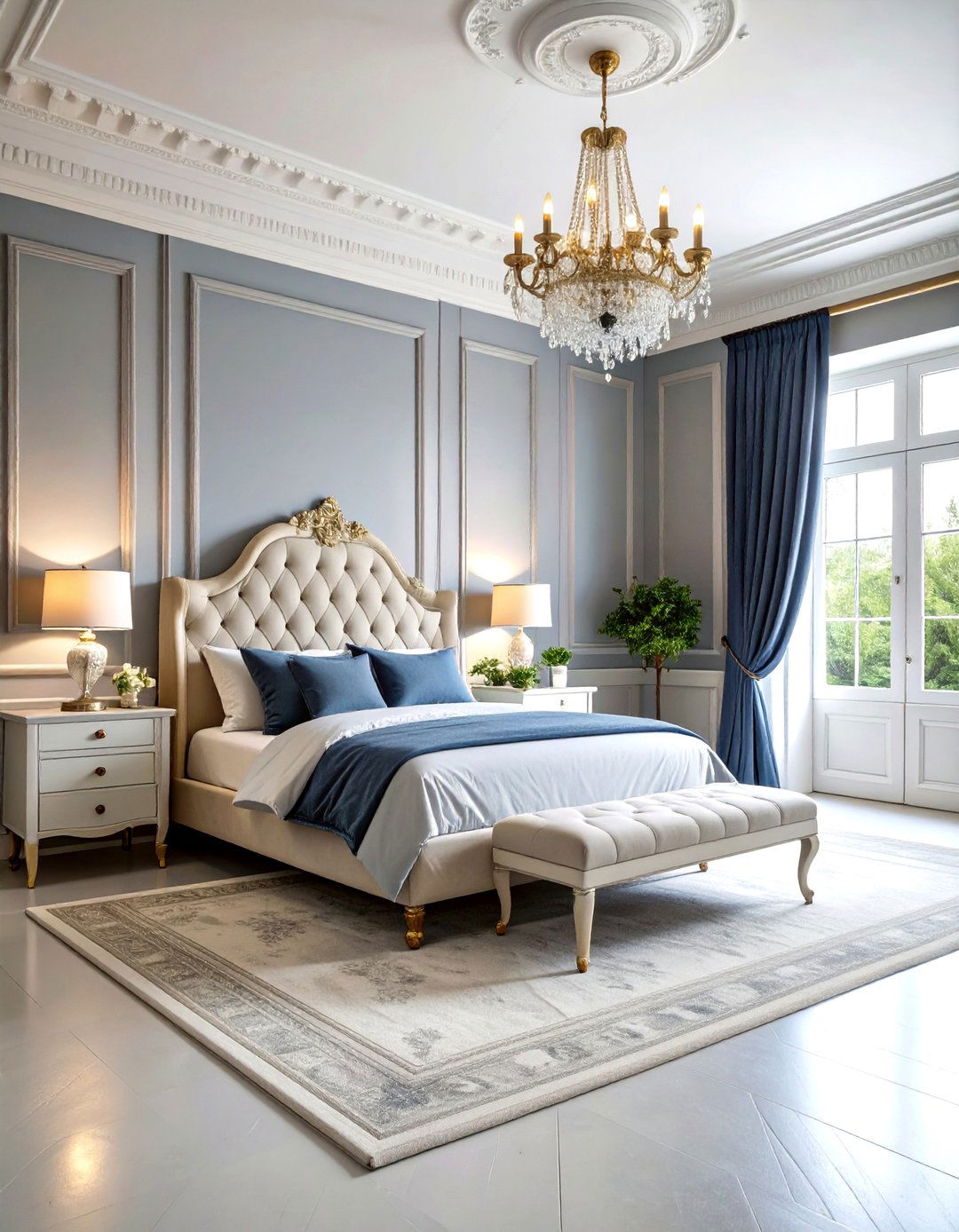
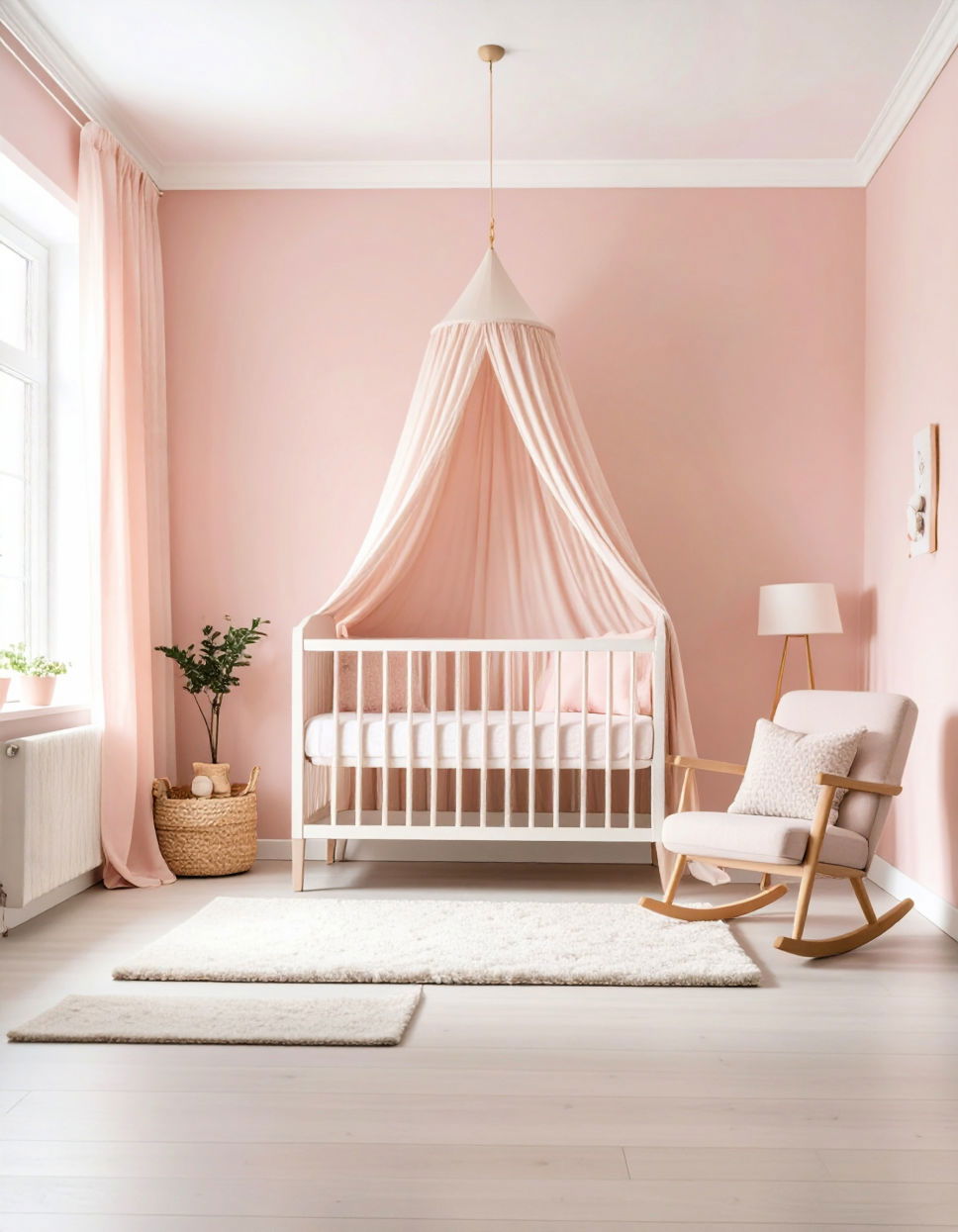
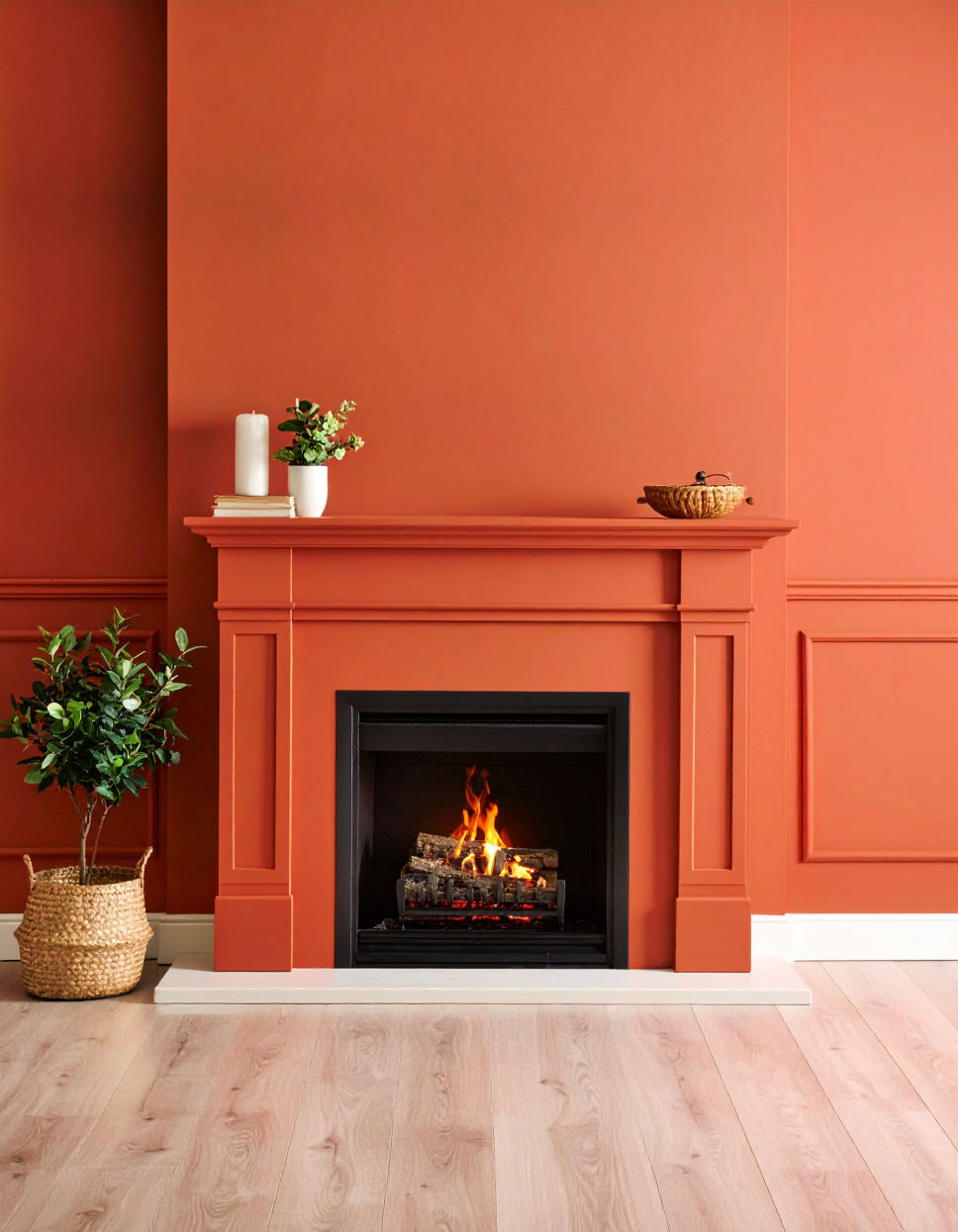
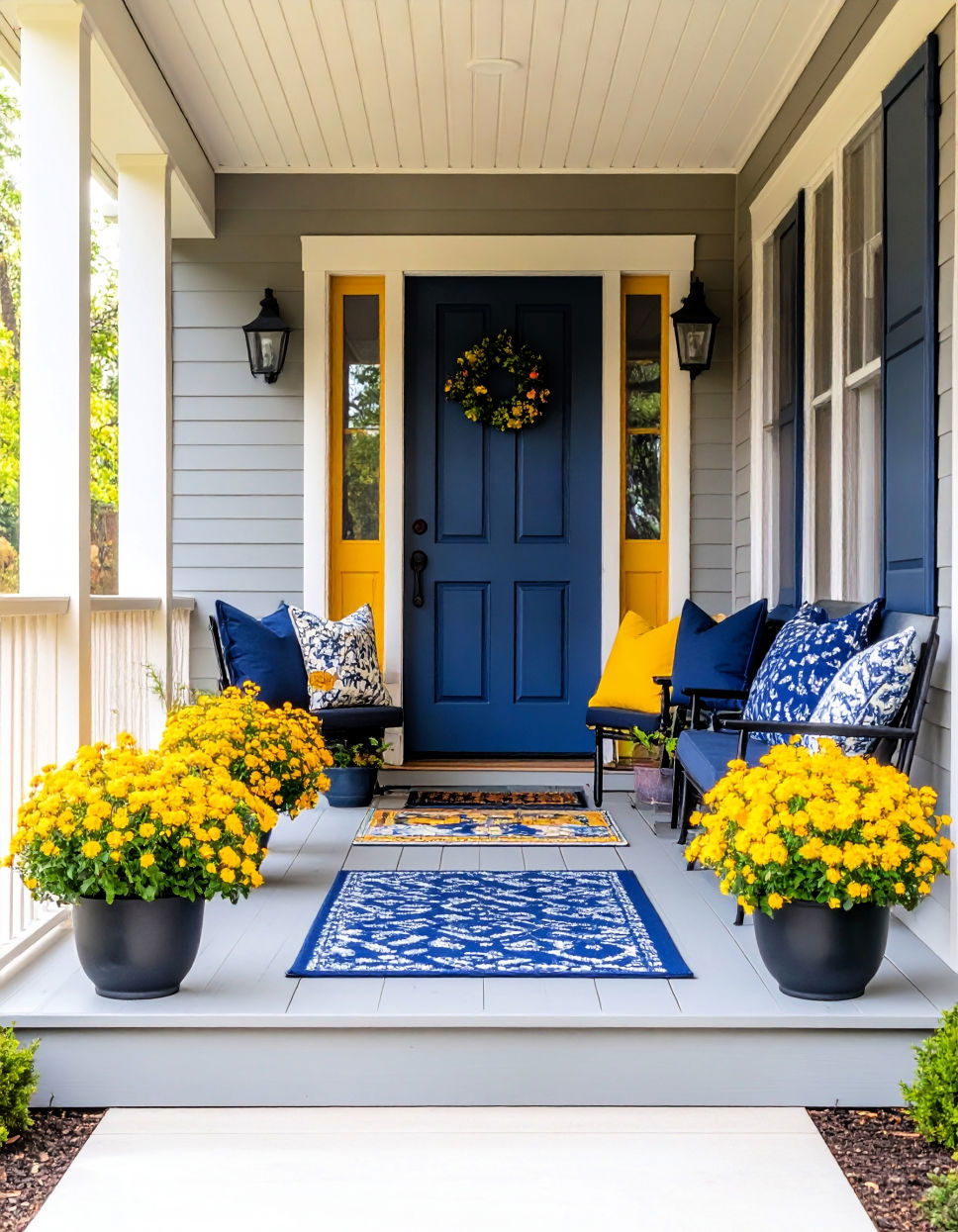
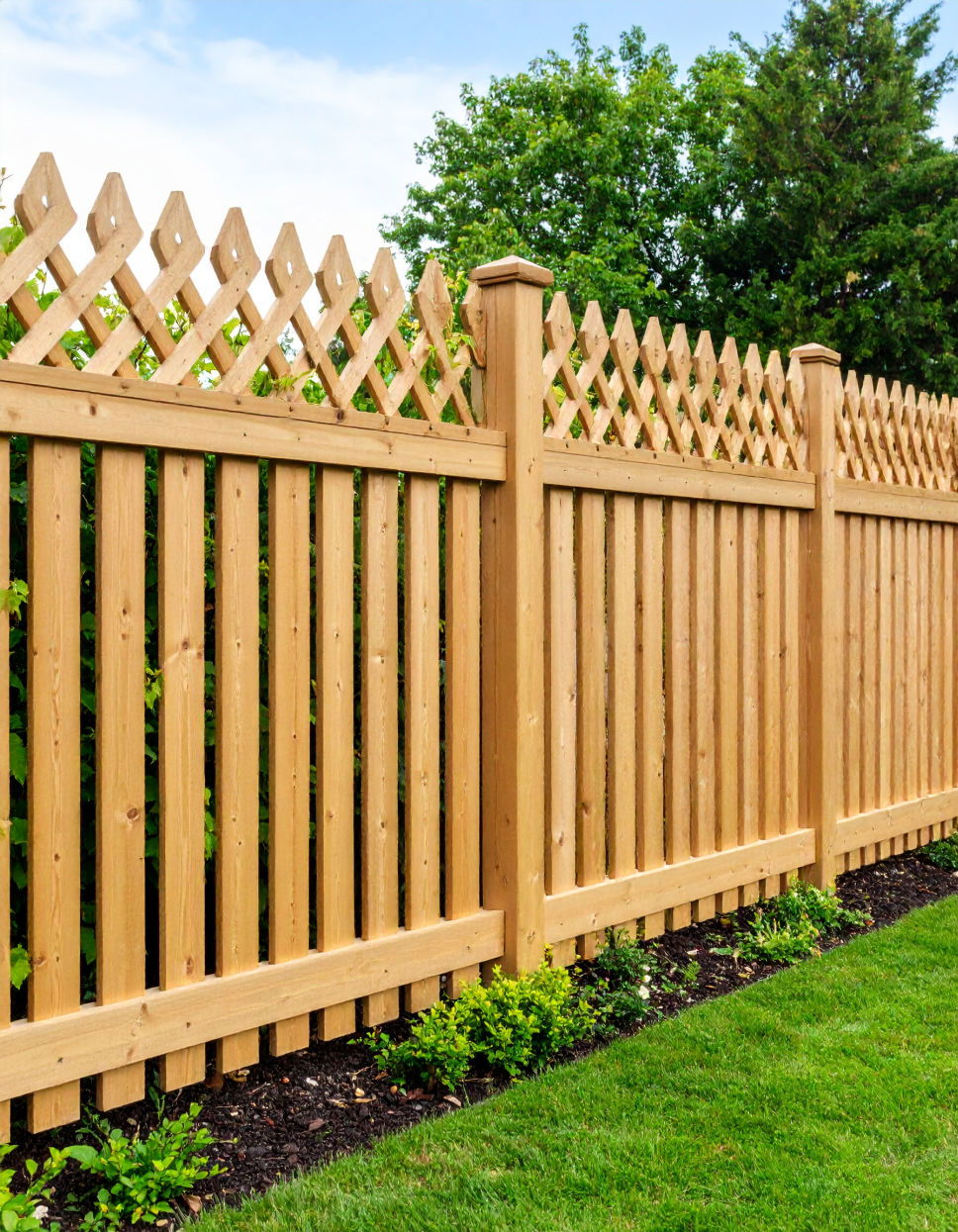
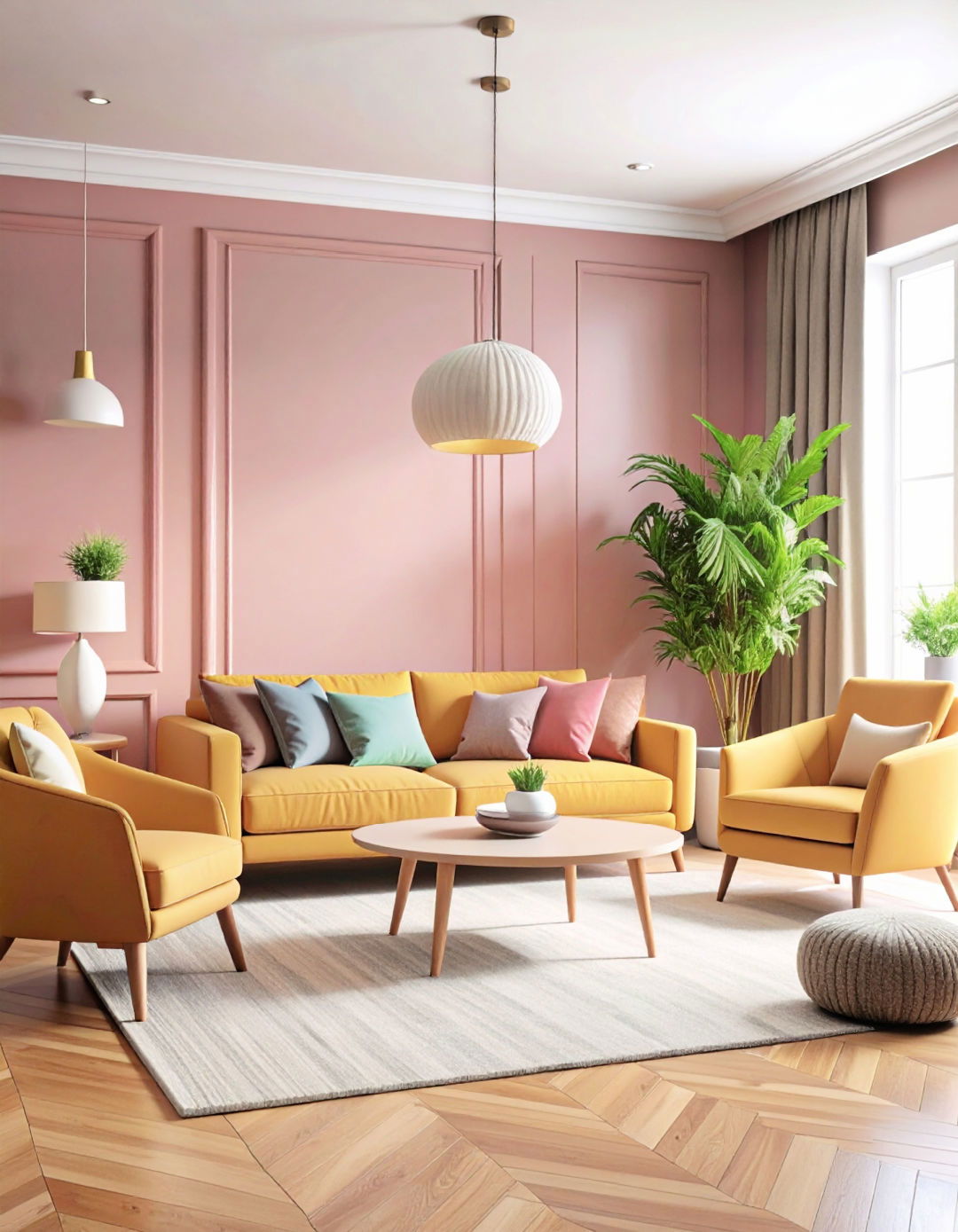
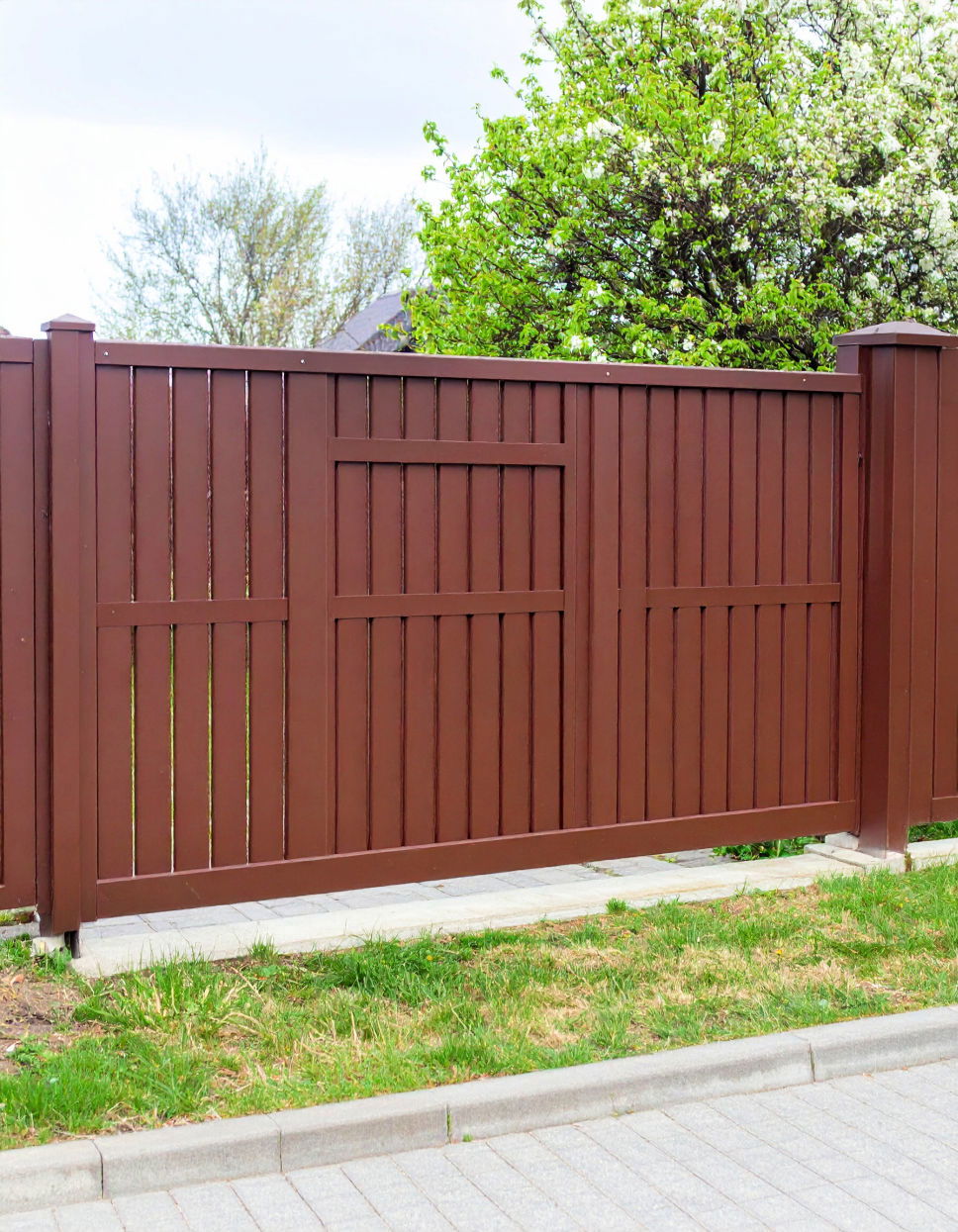

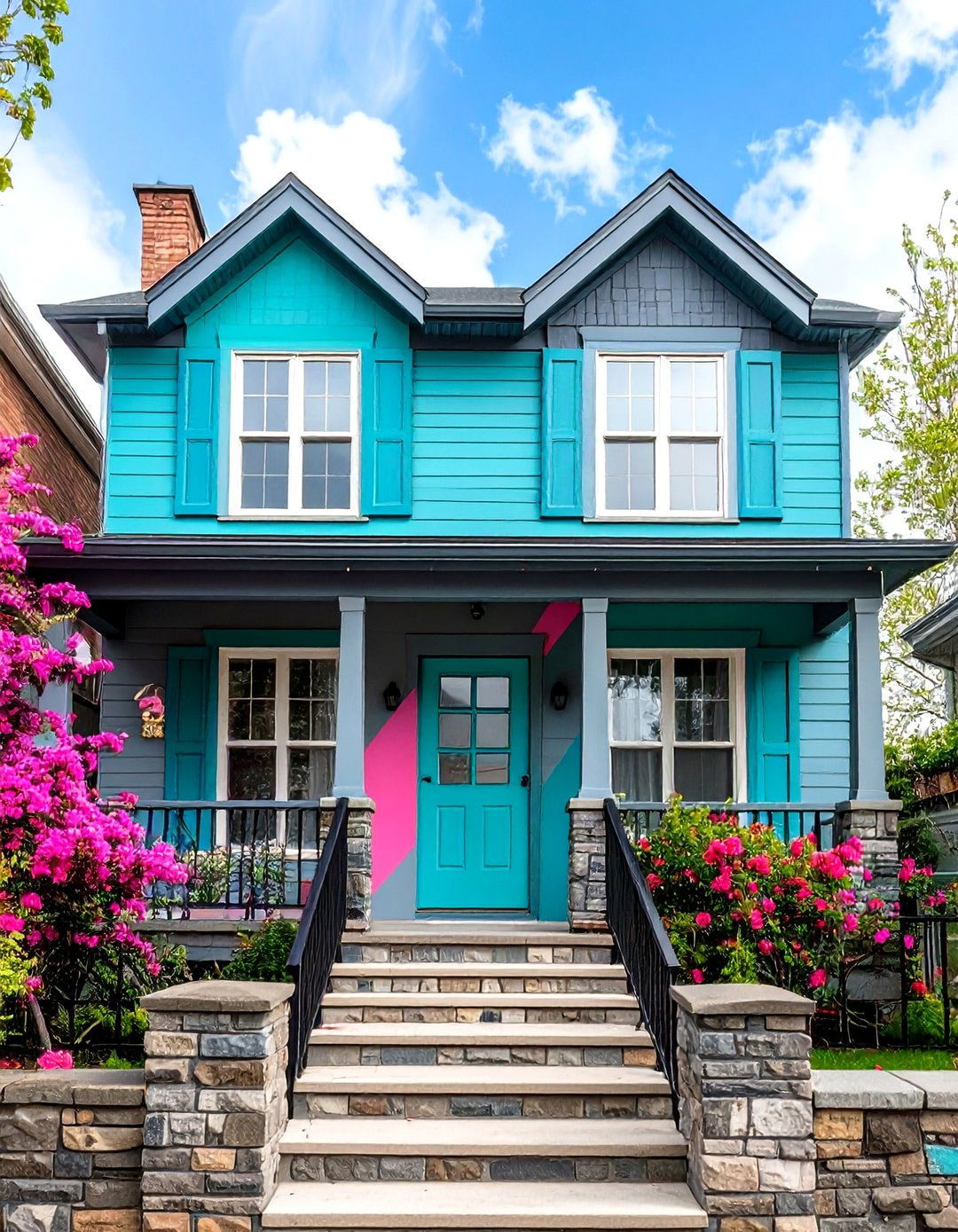
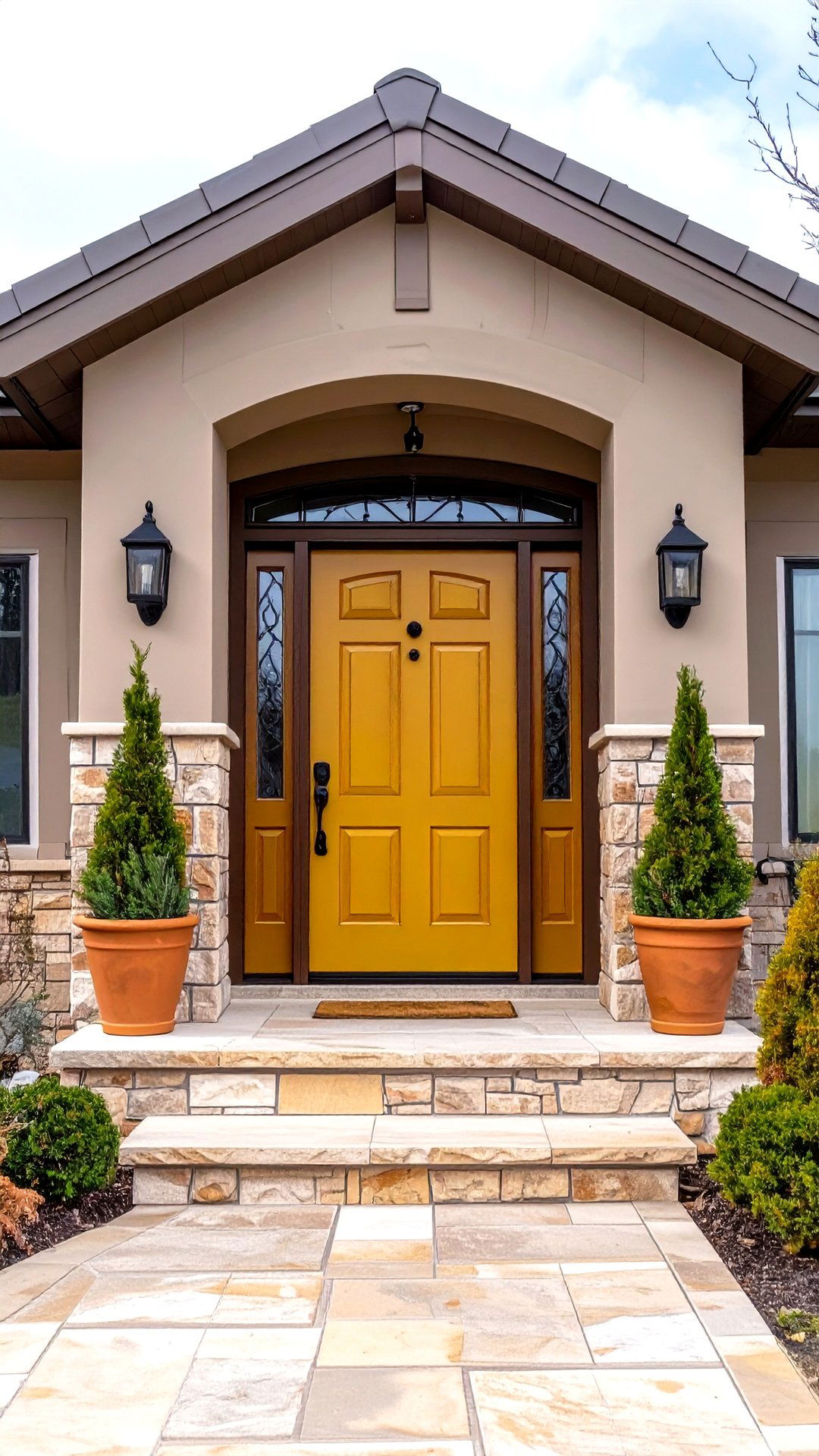
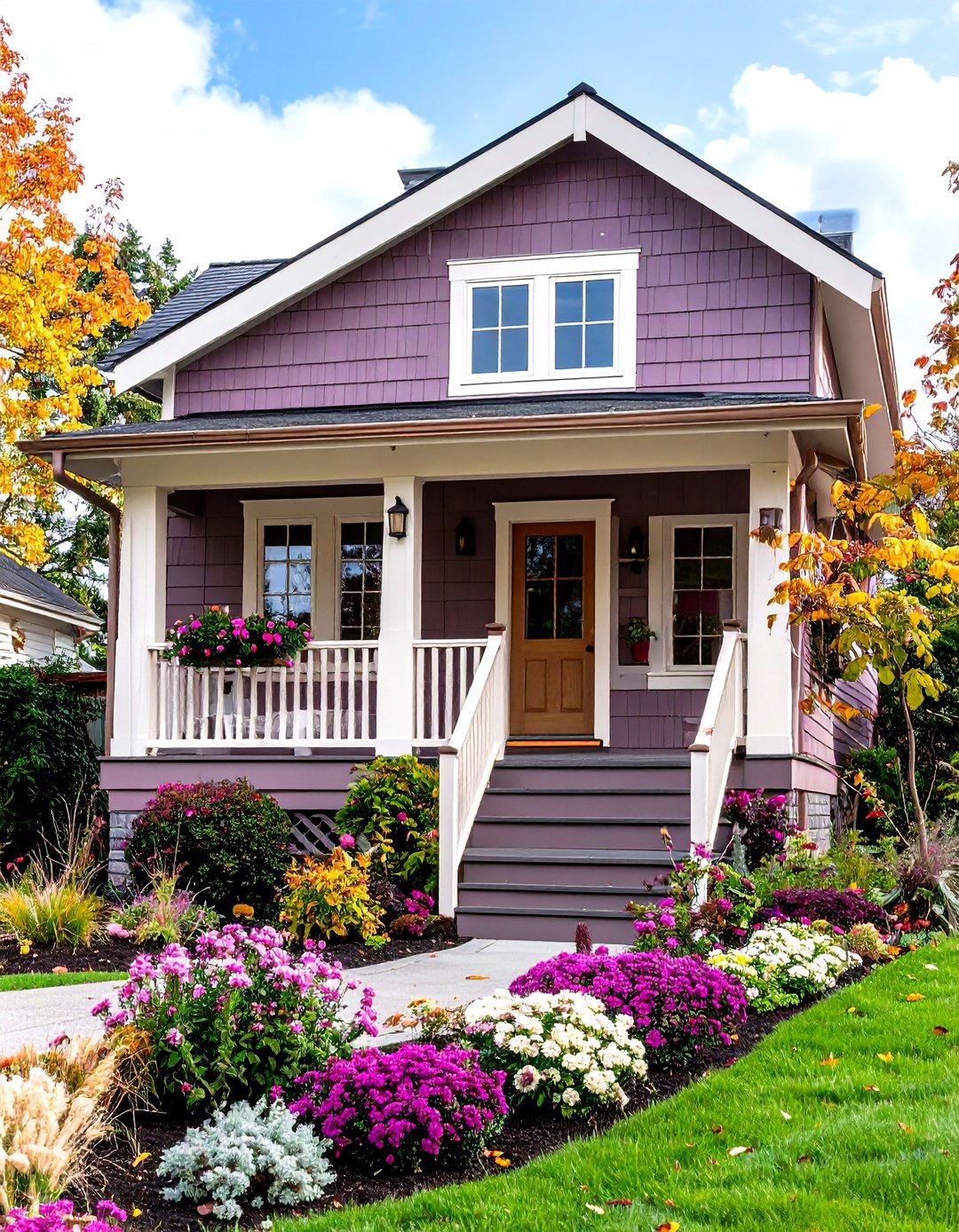
Leave a Reply